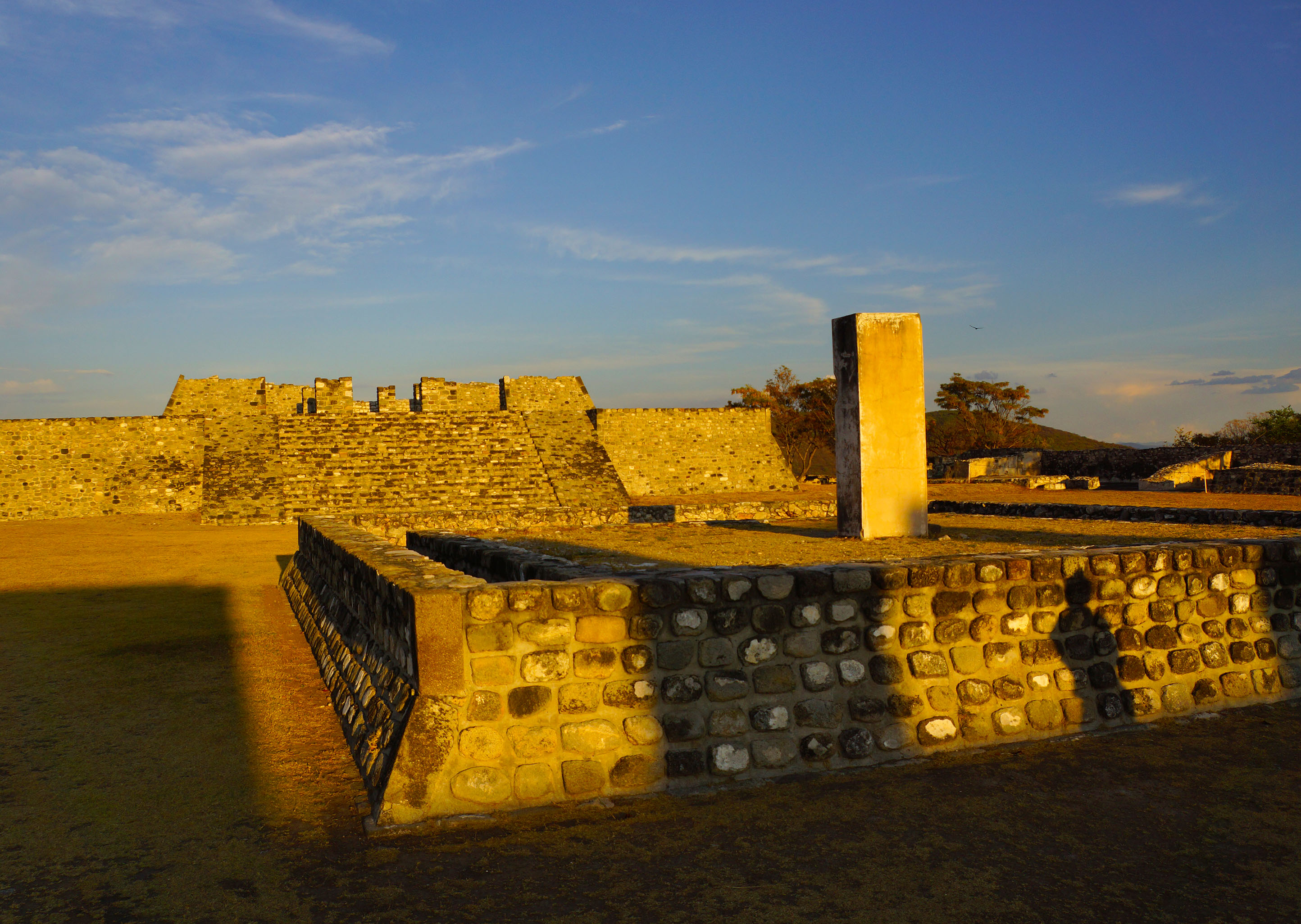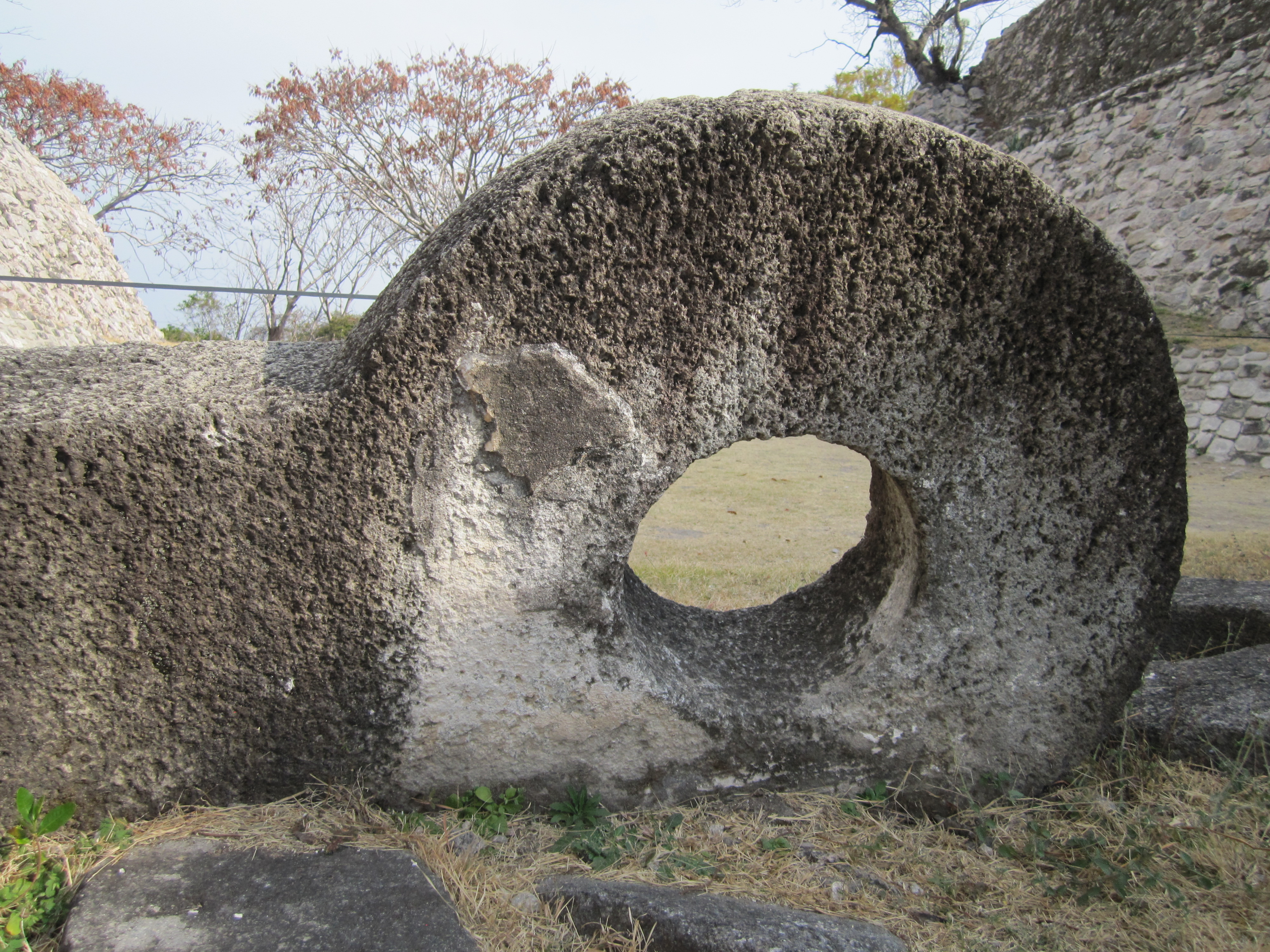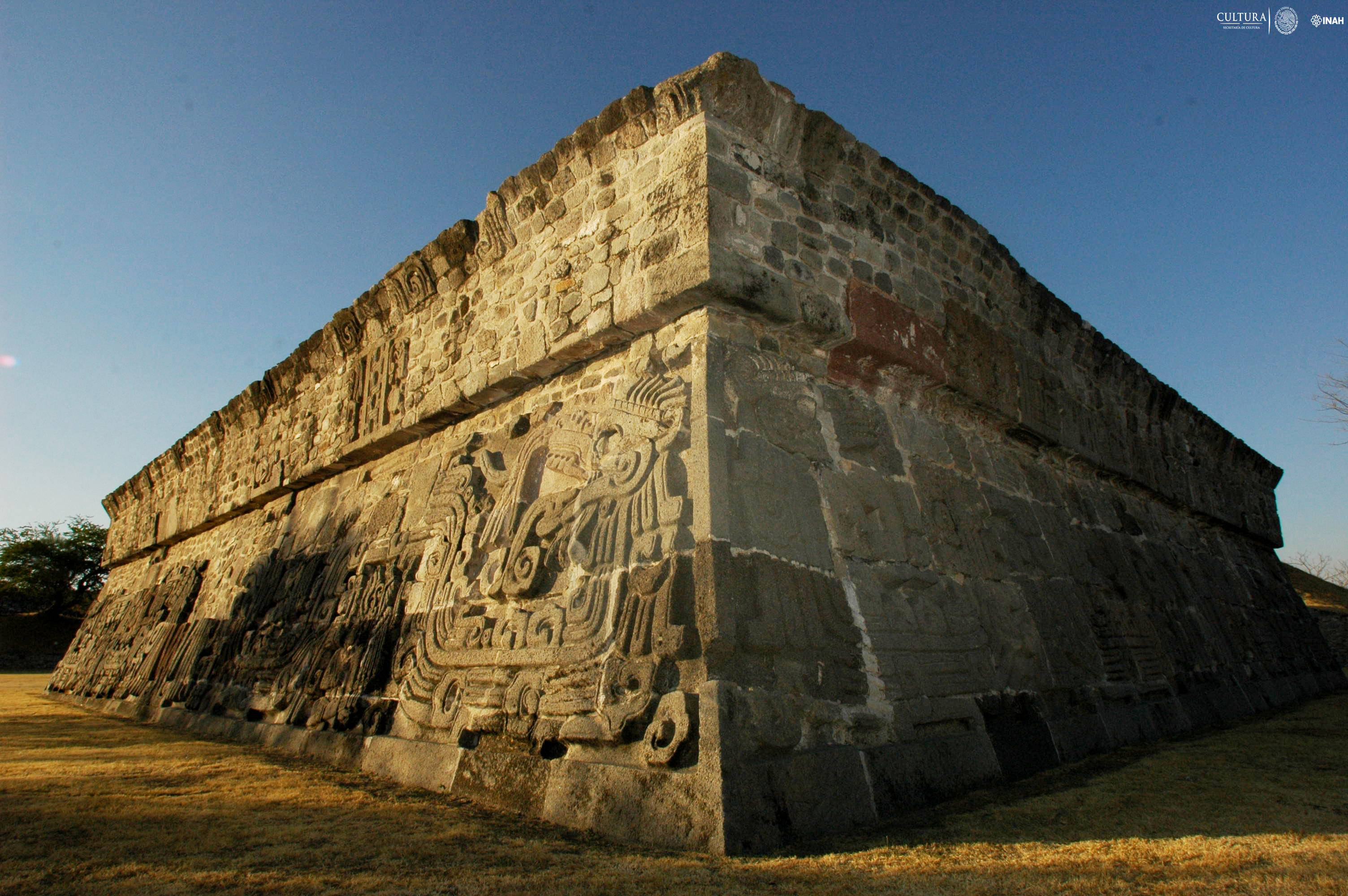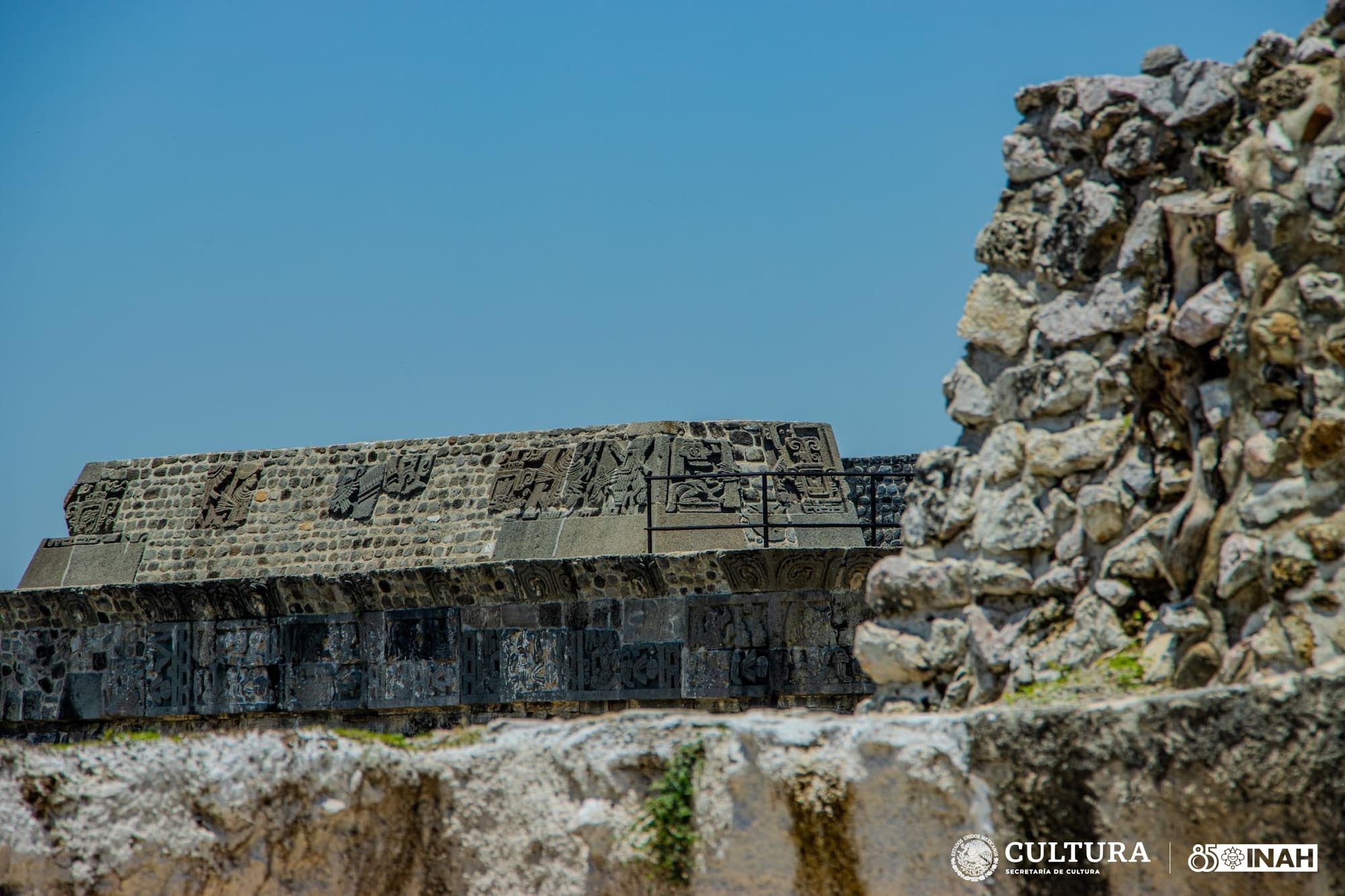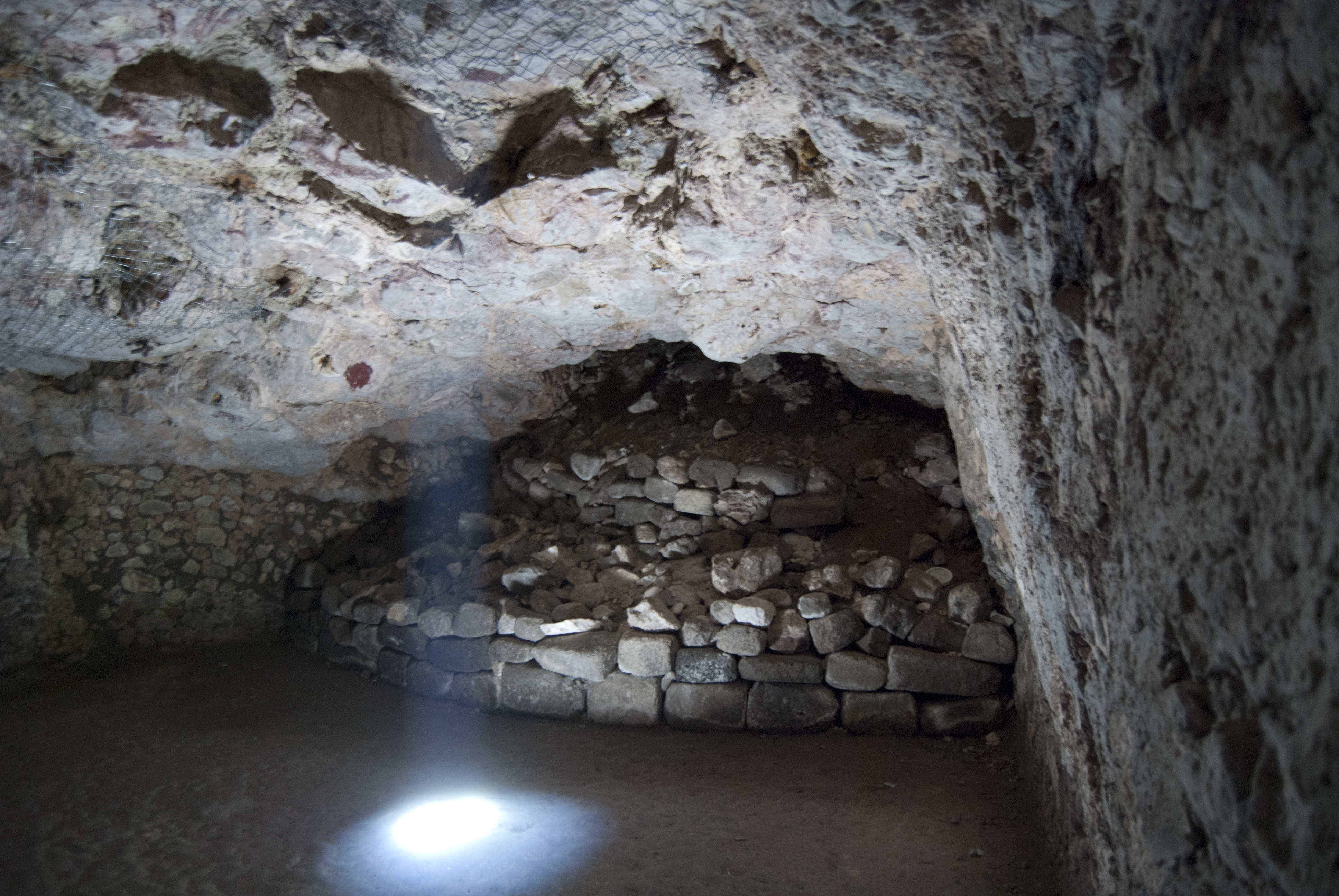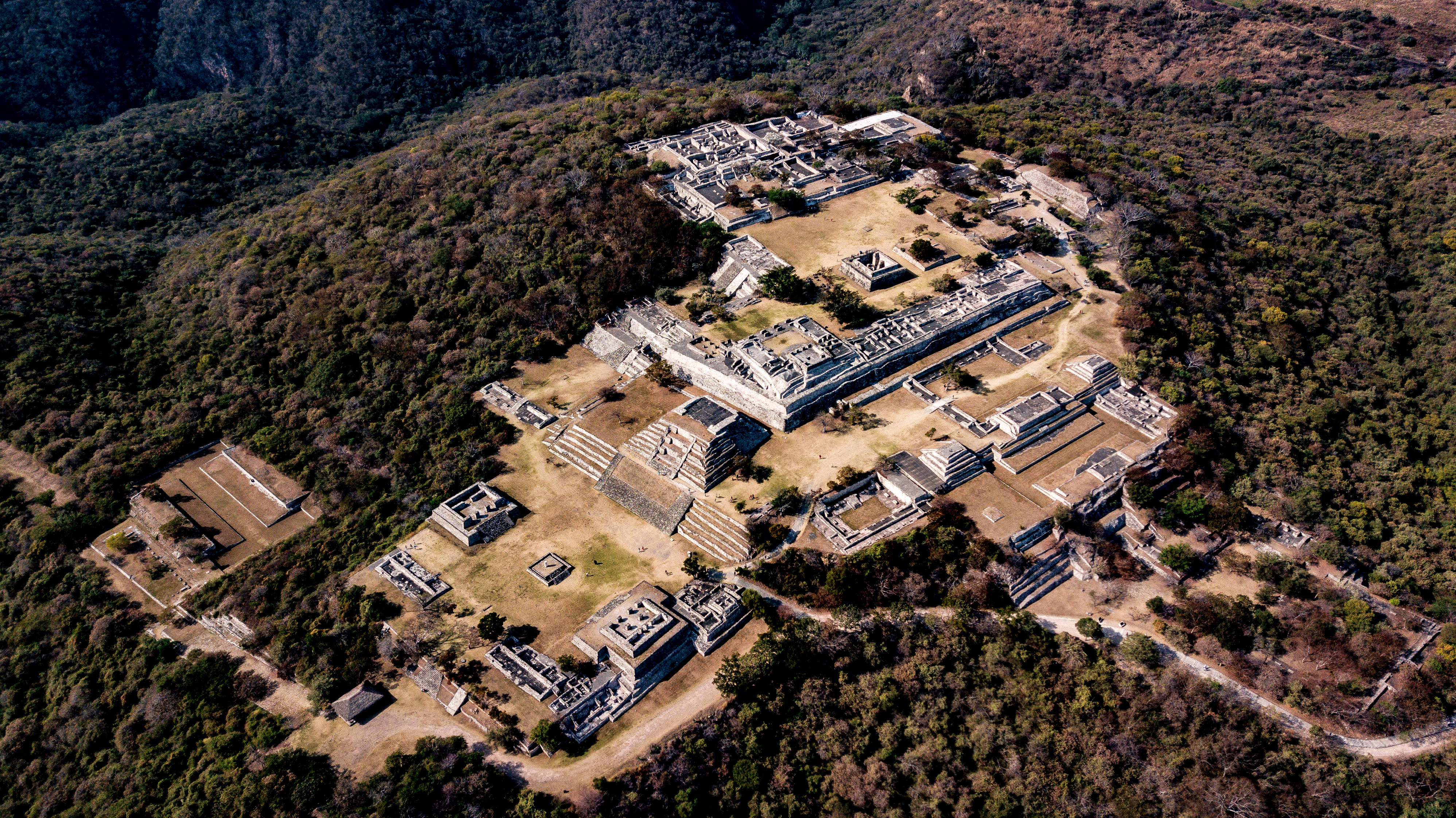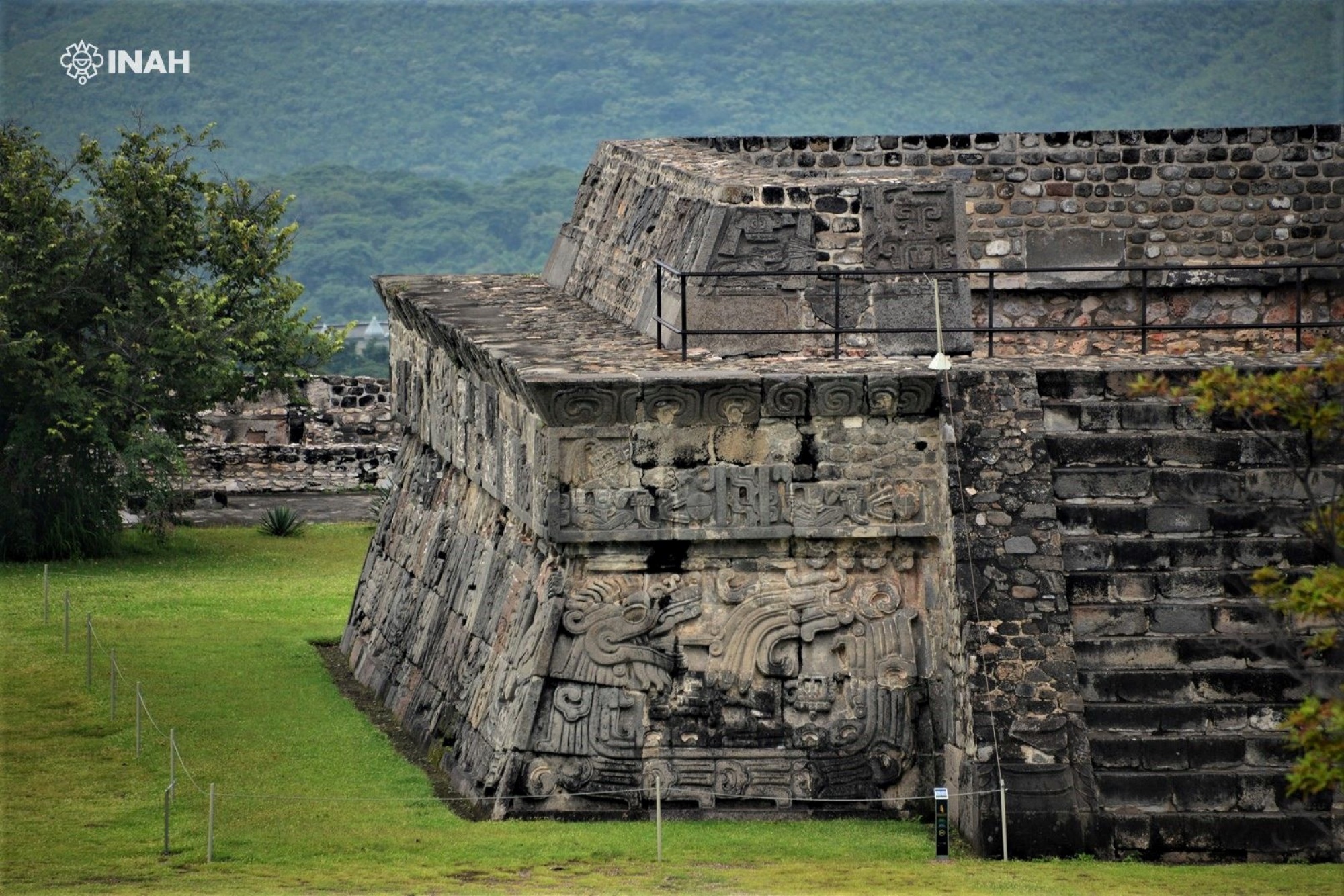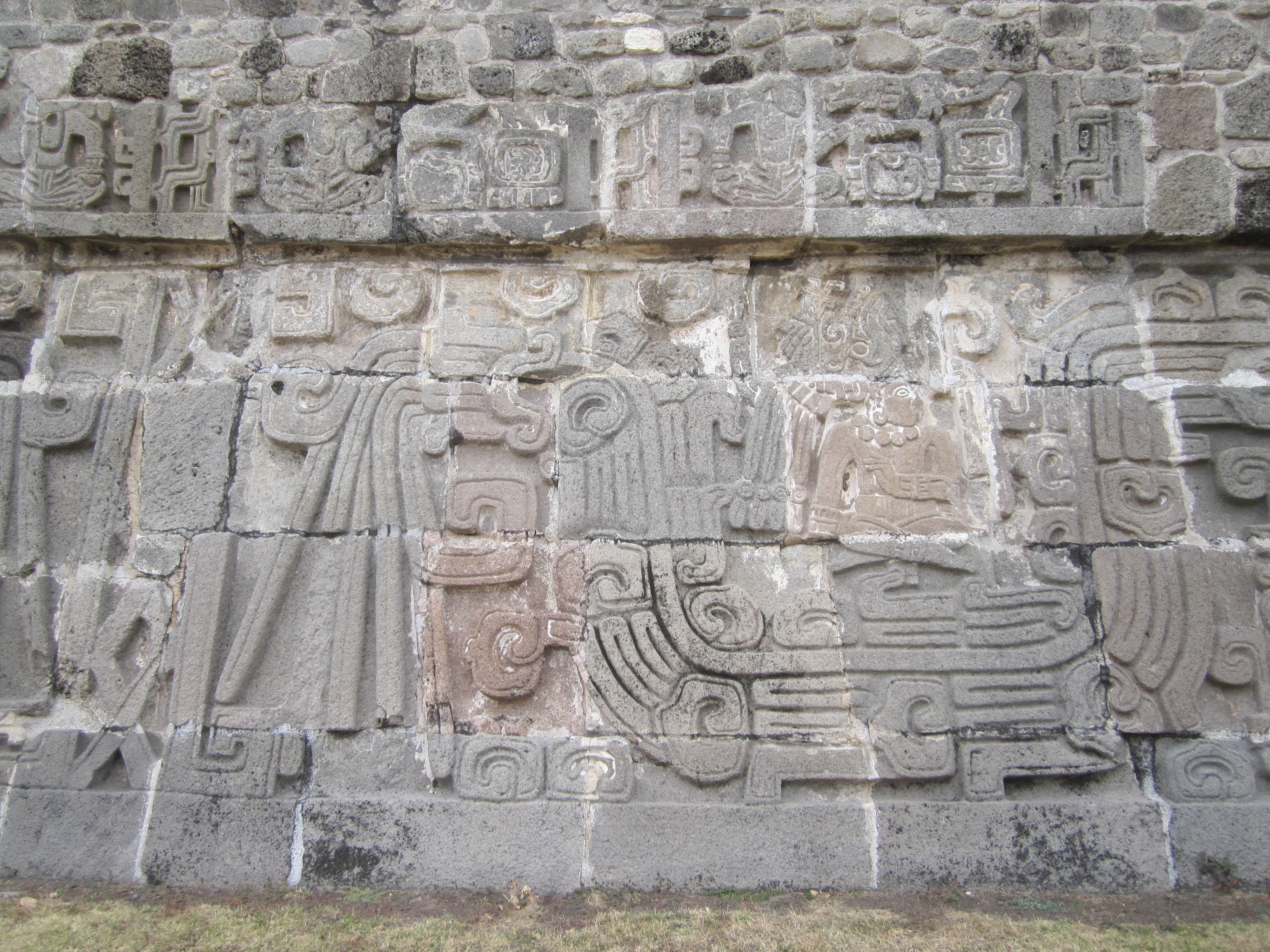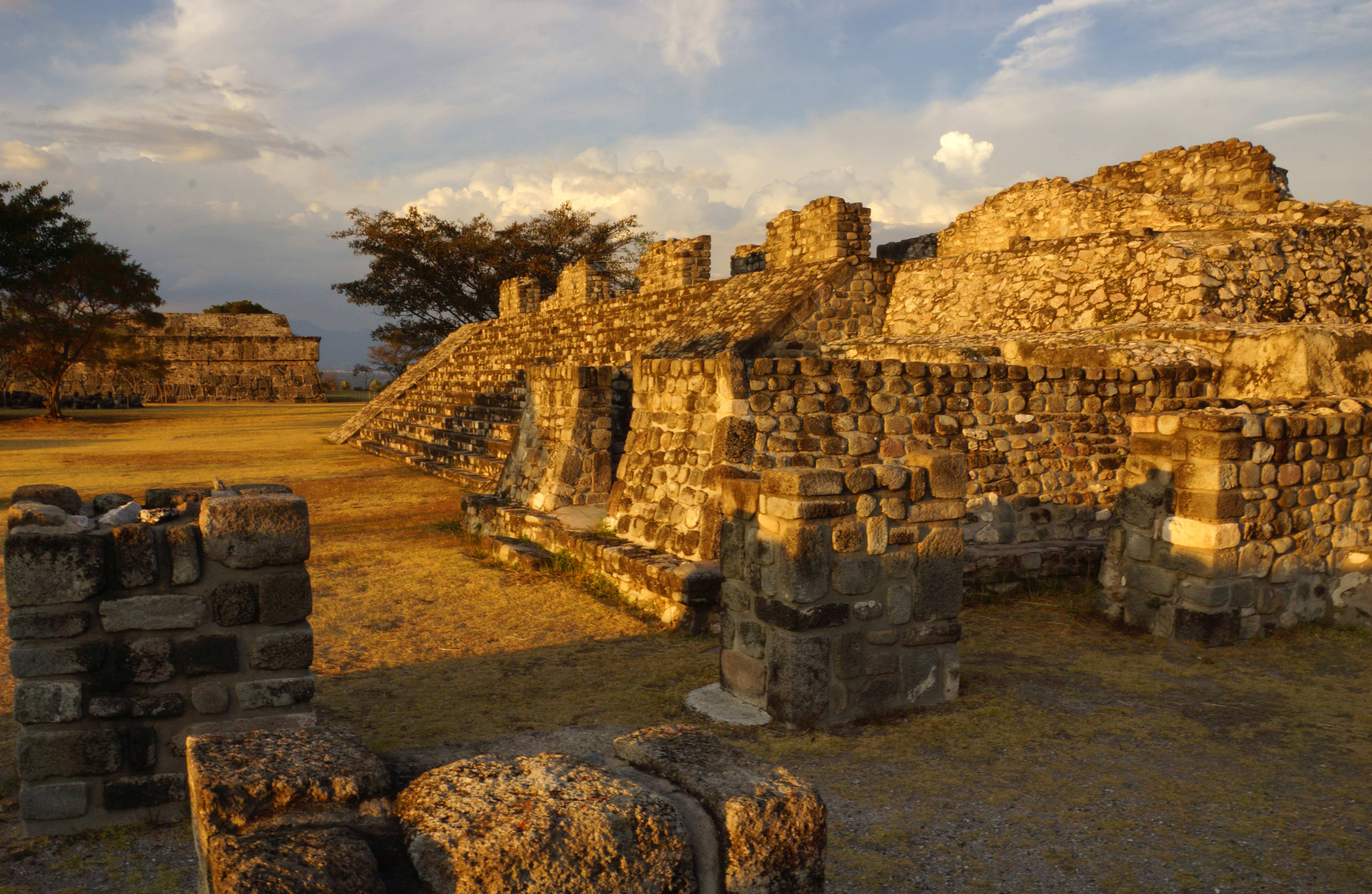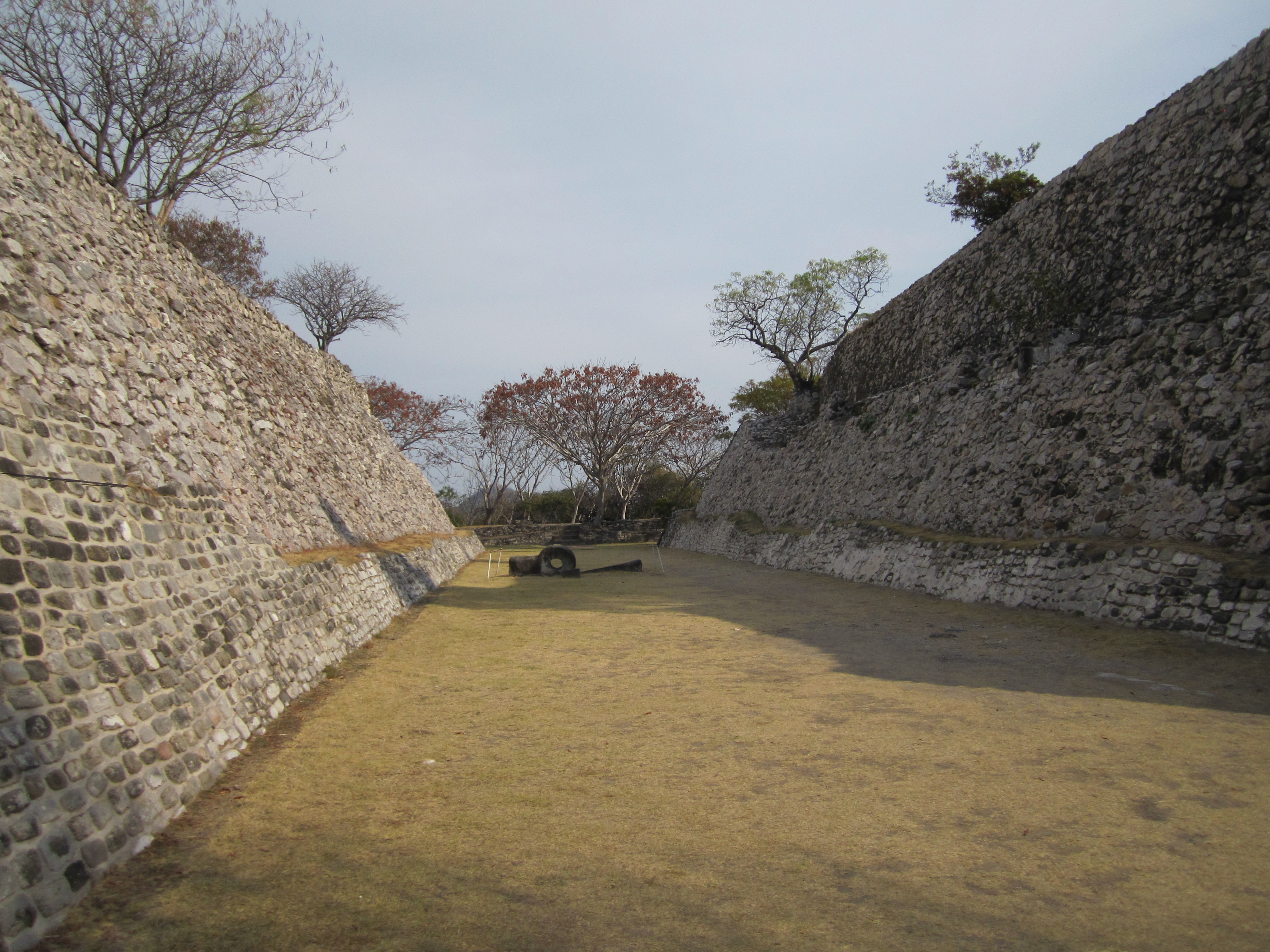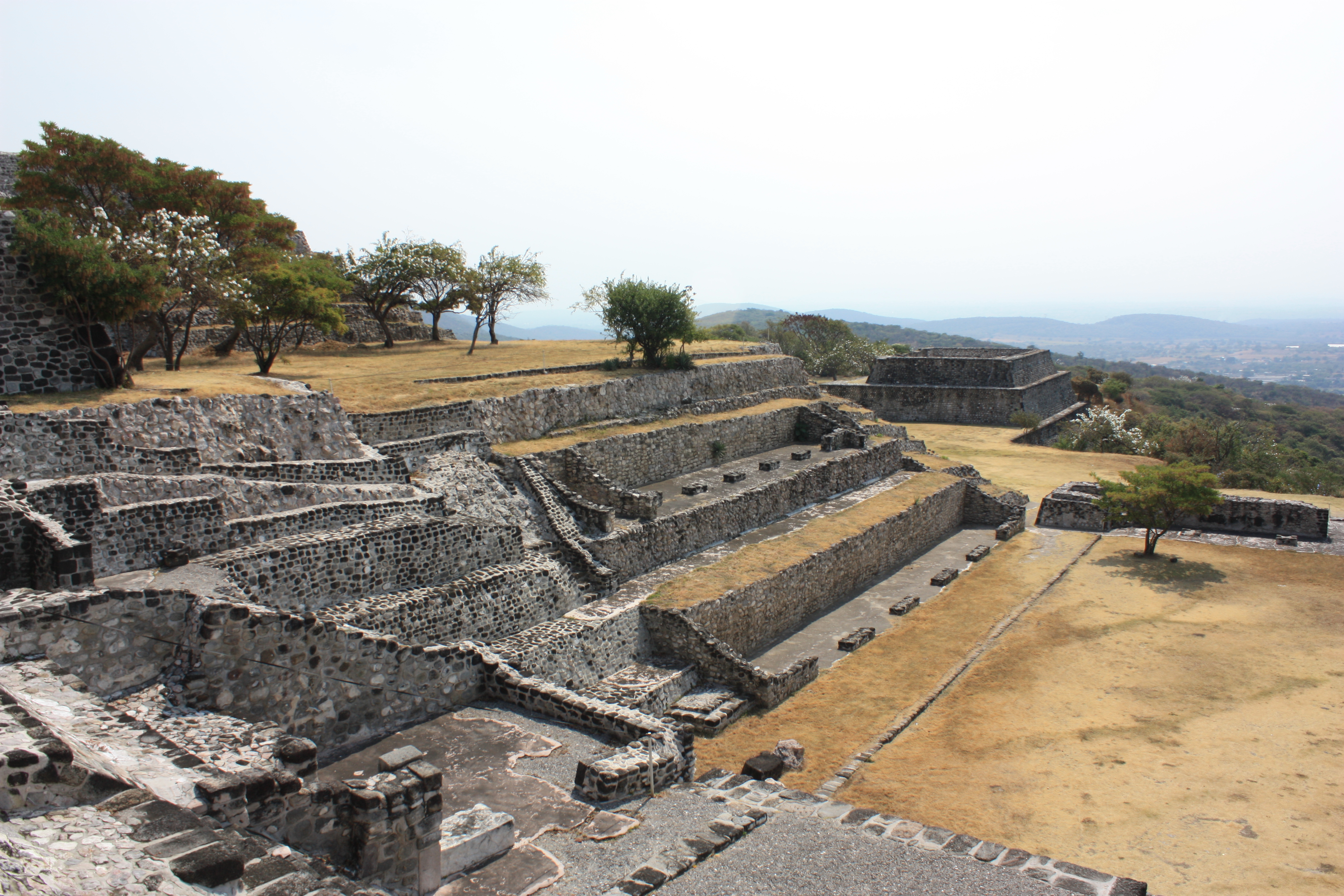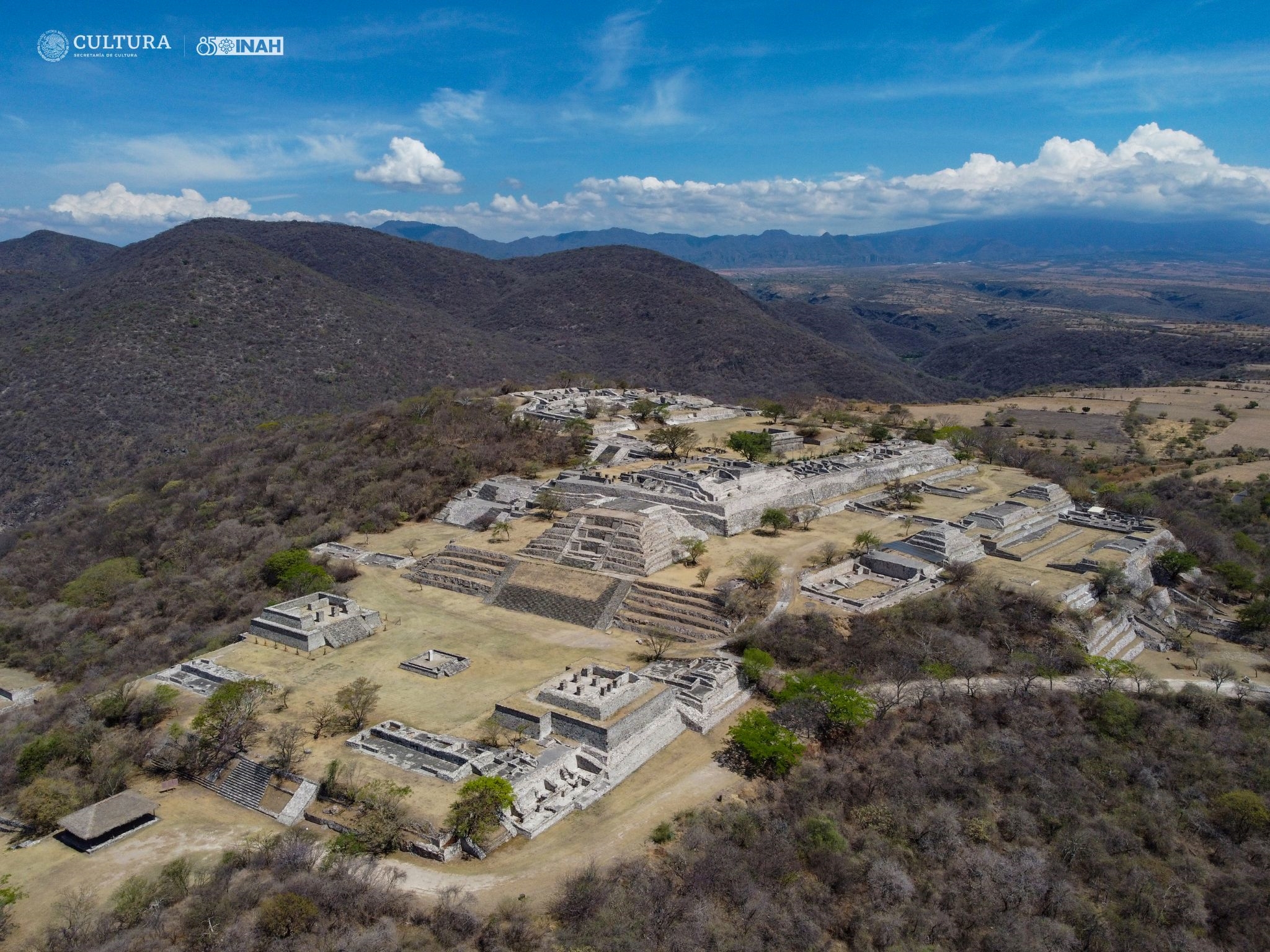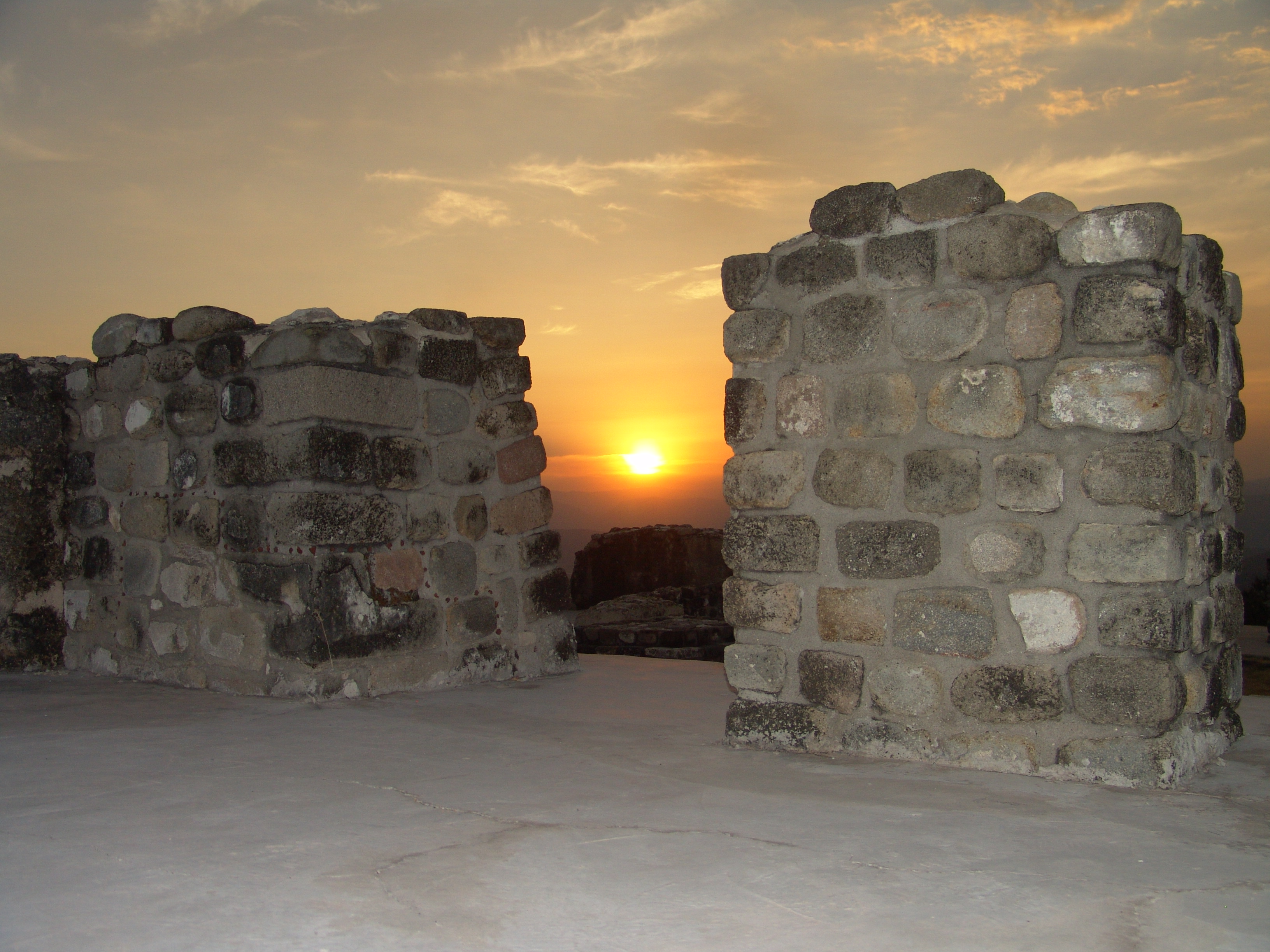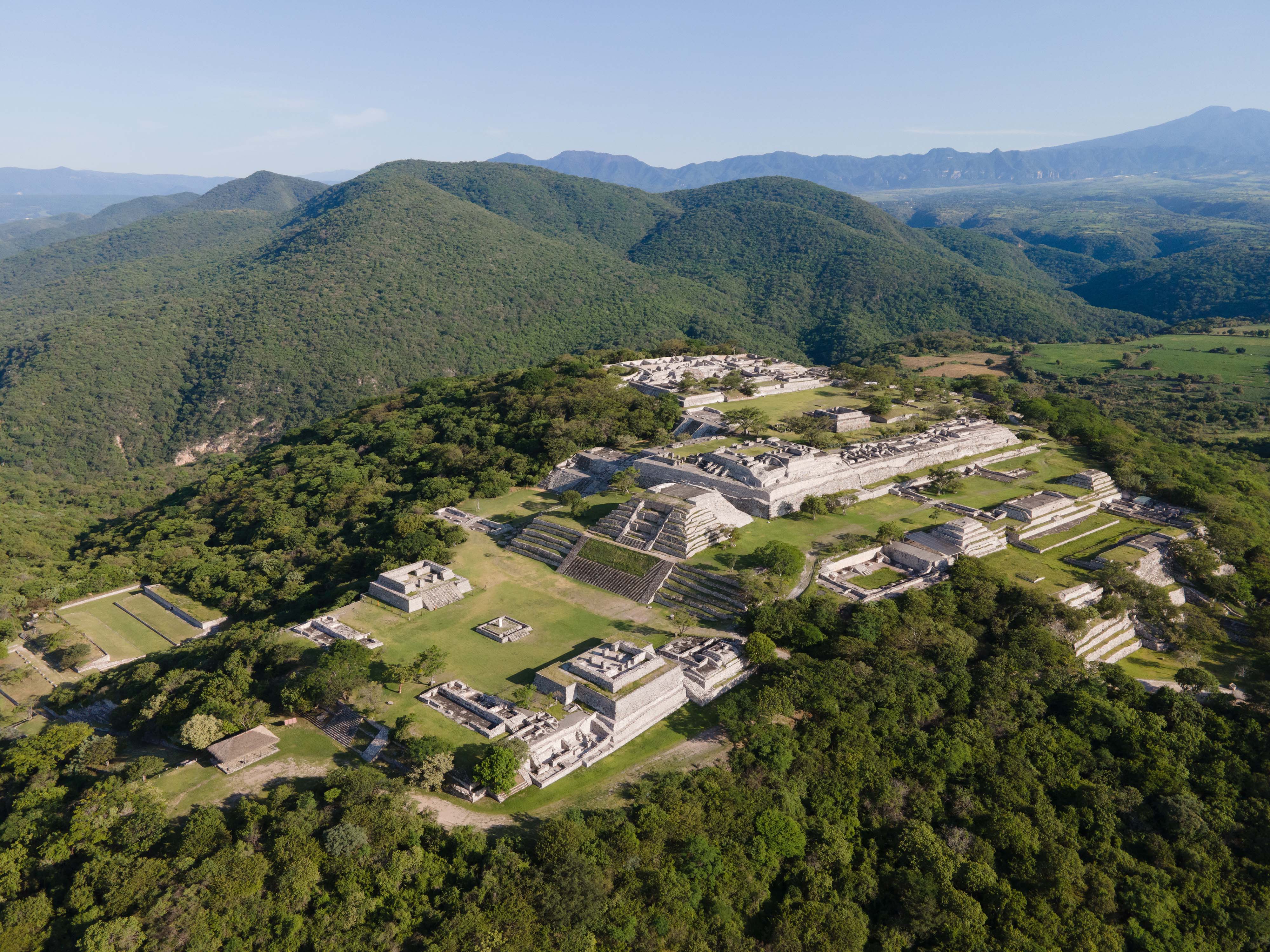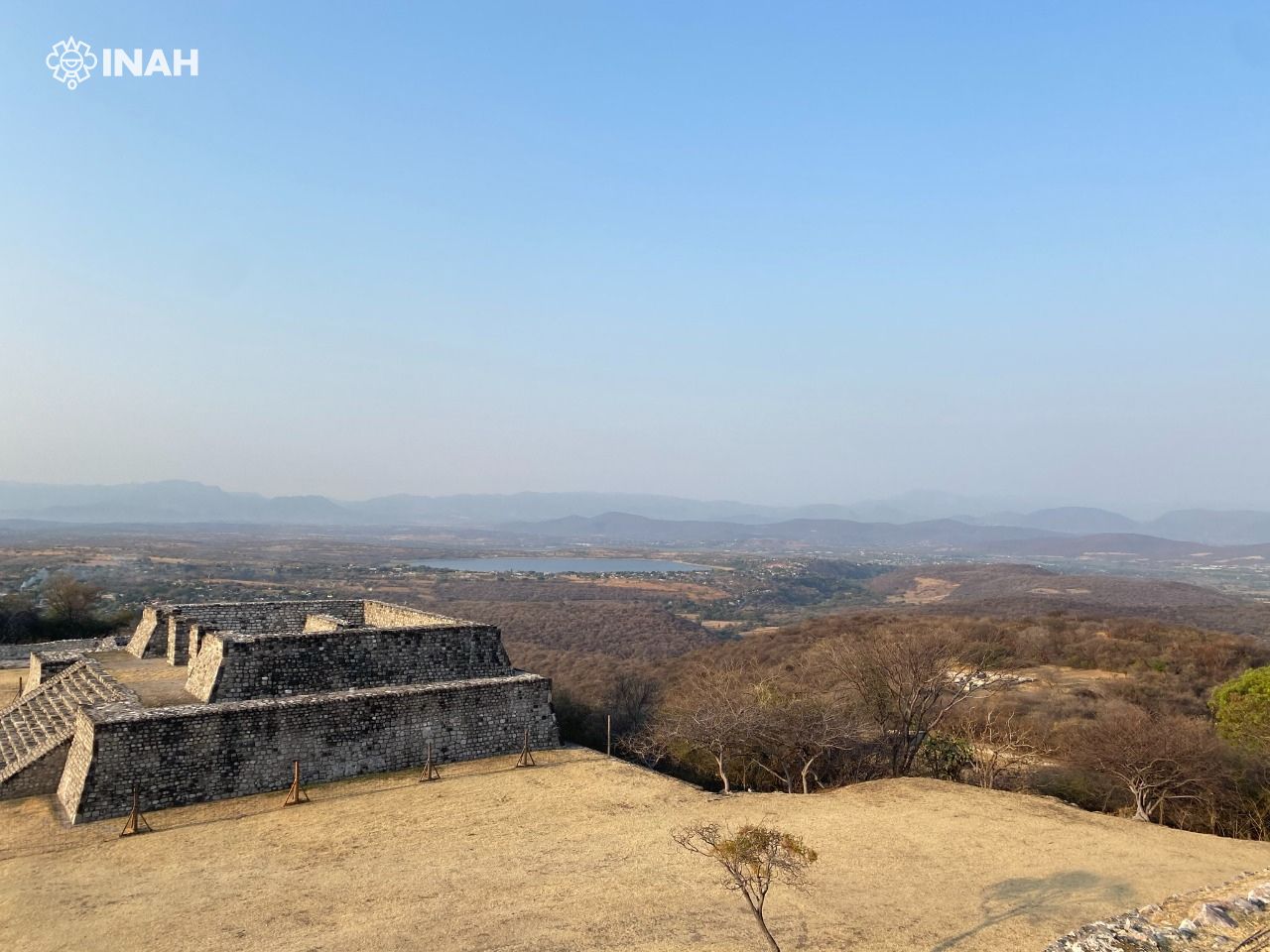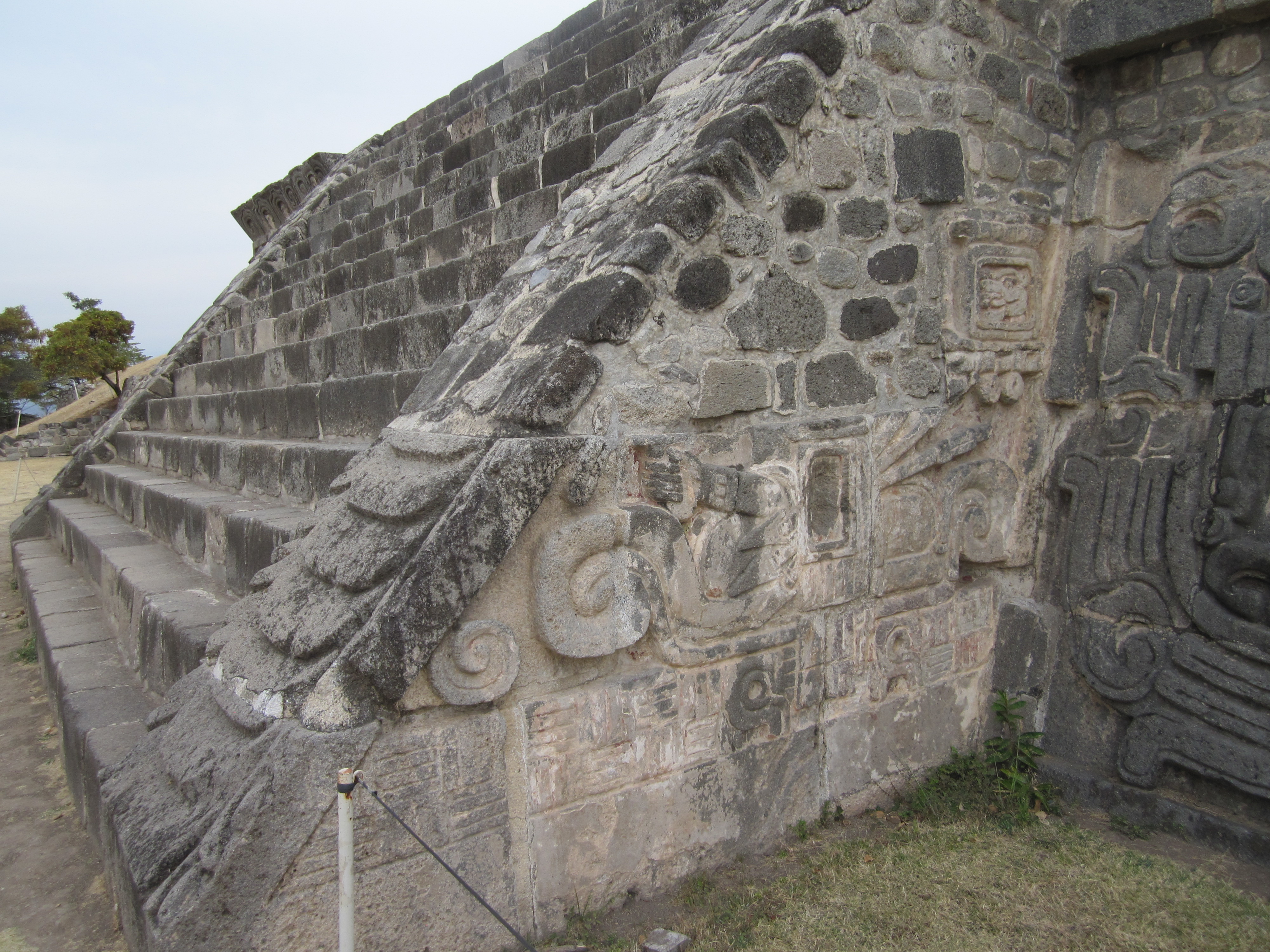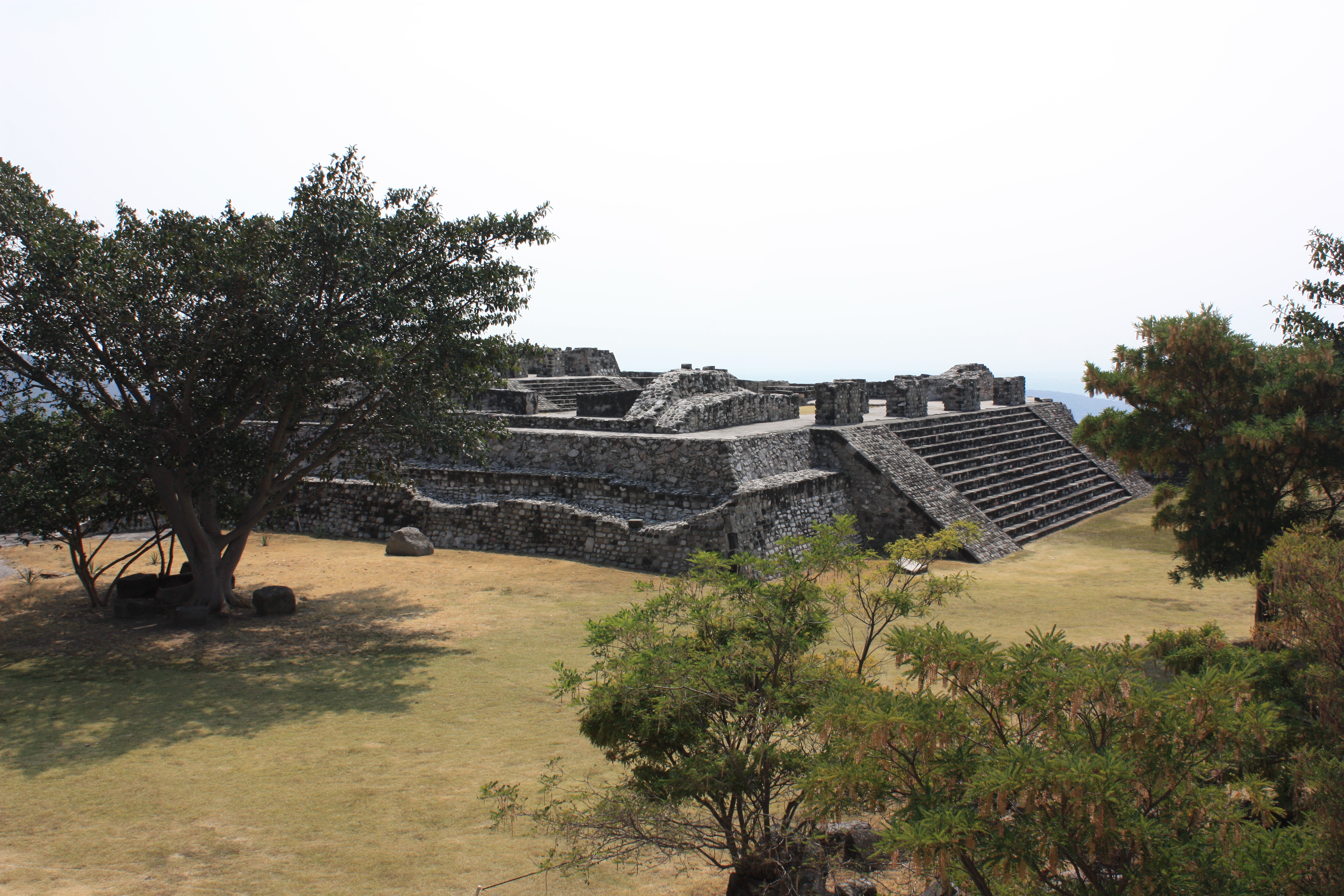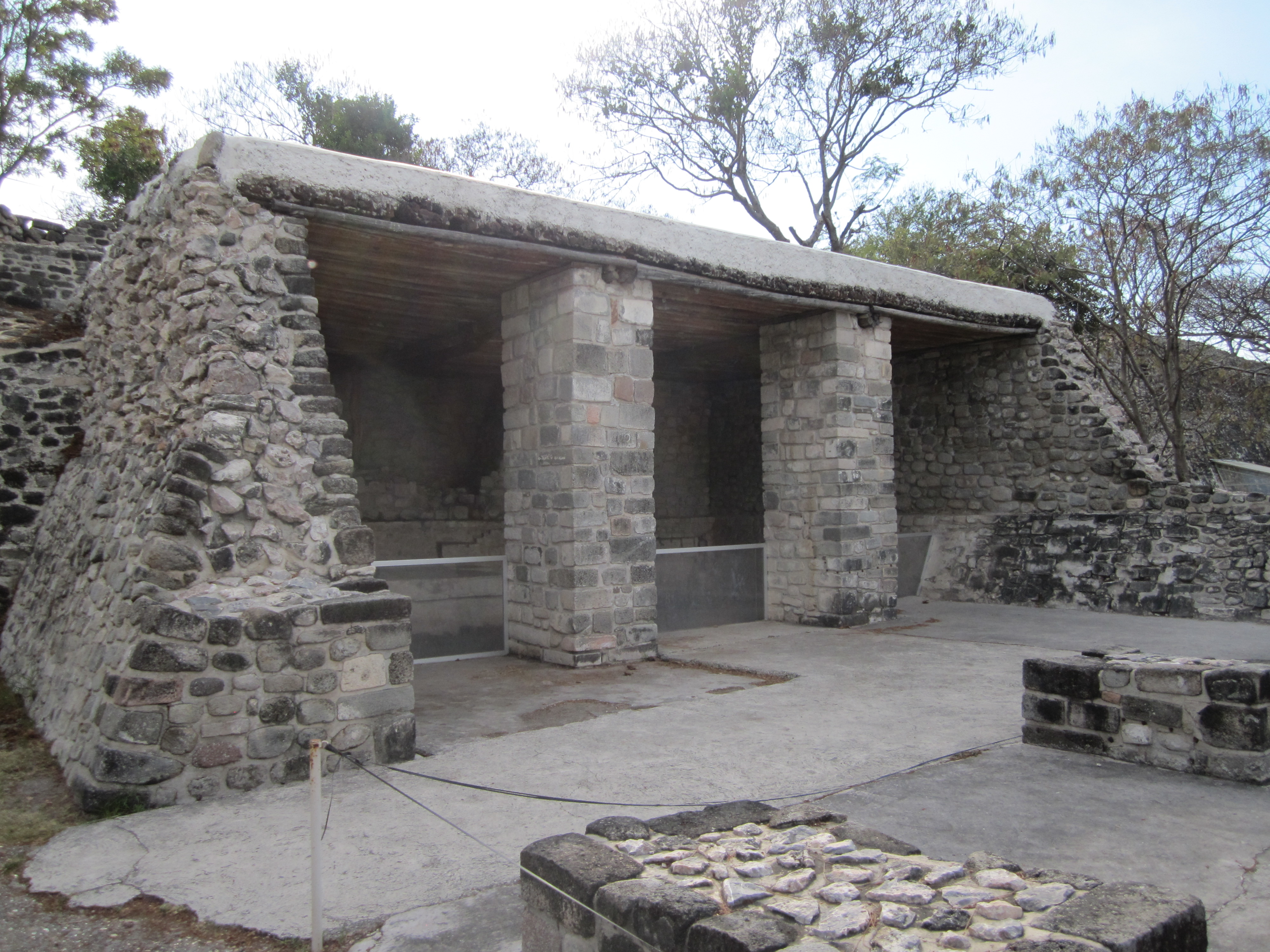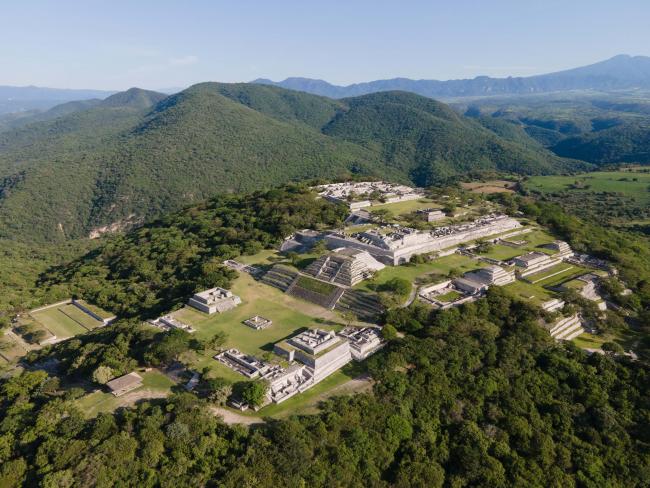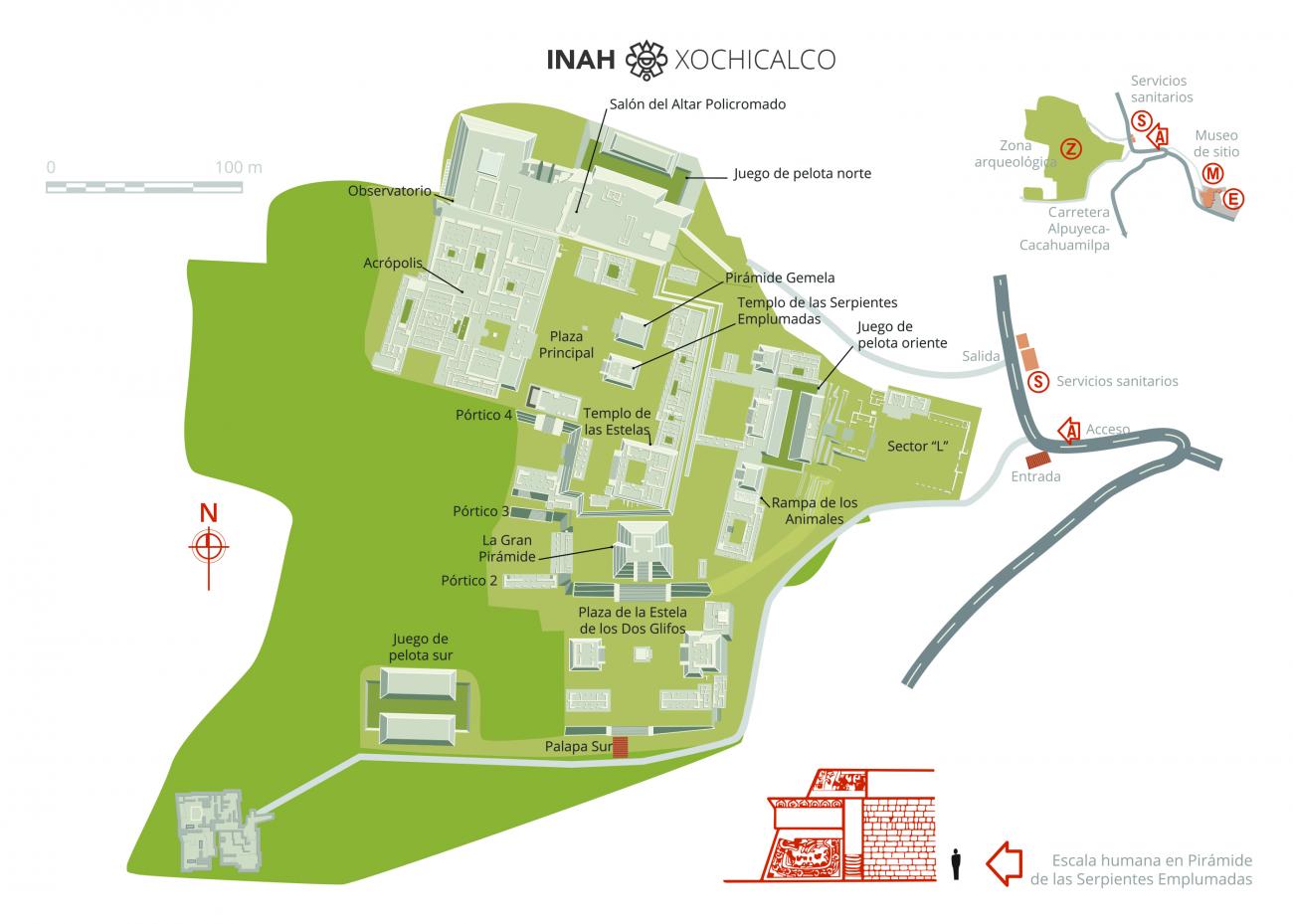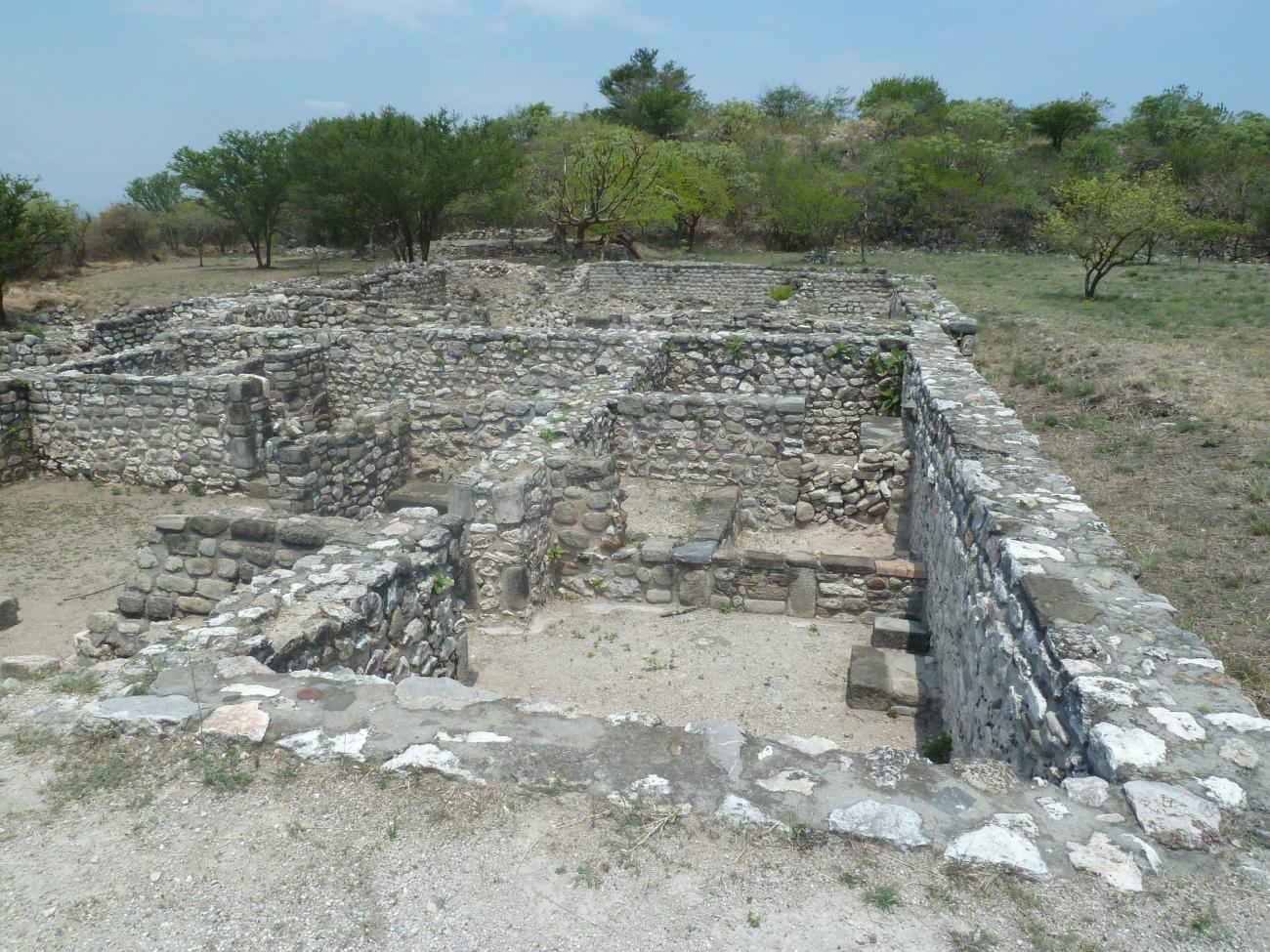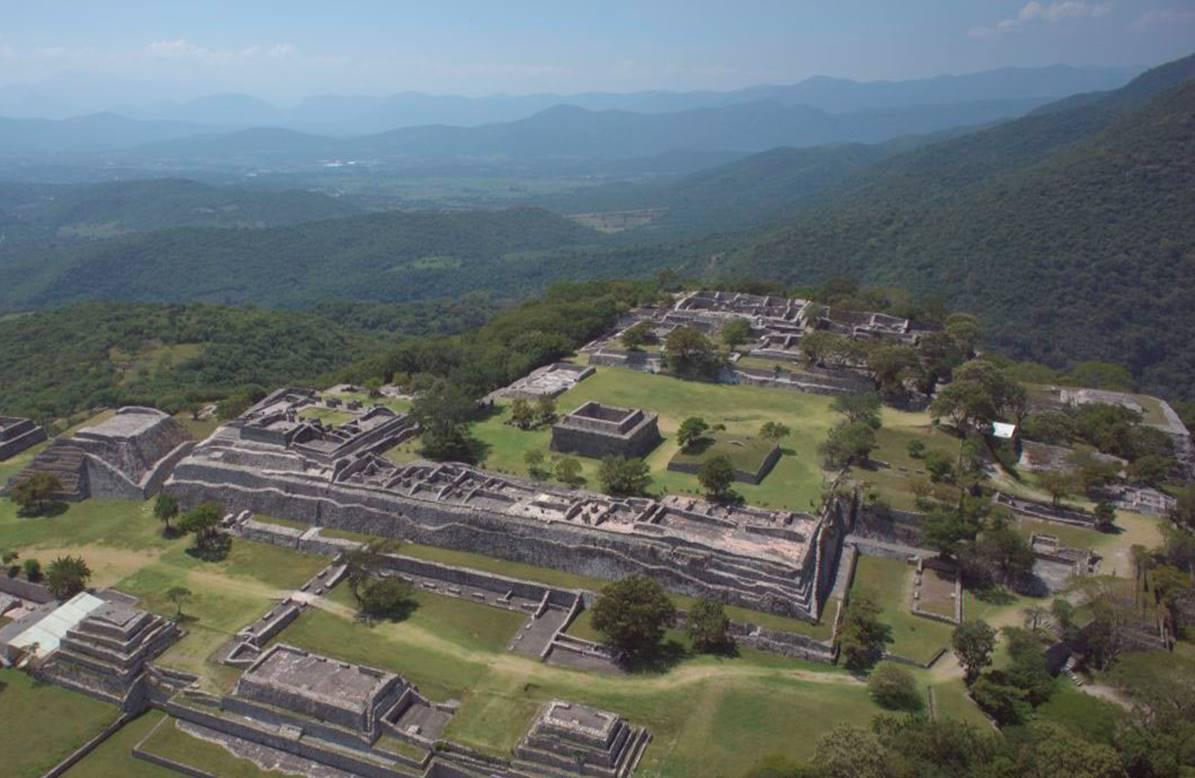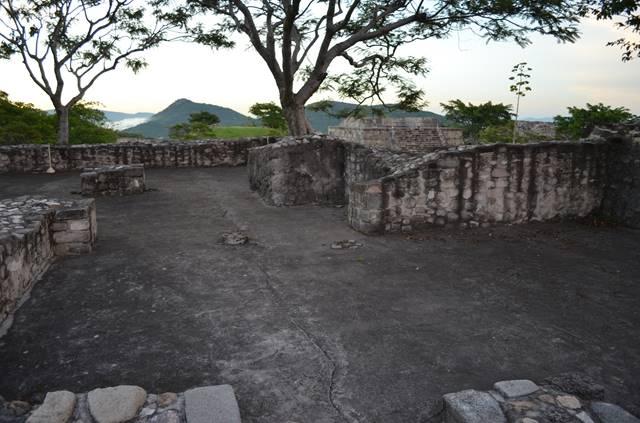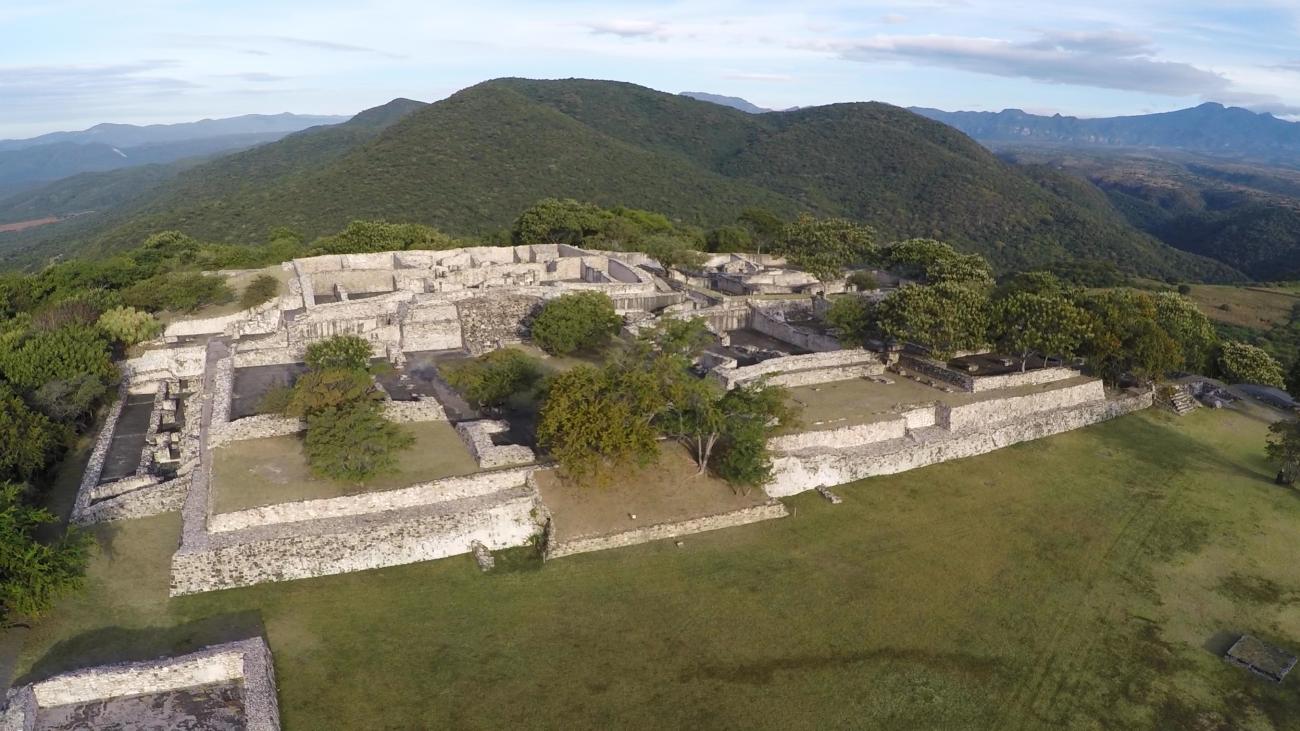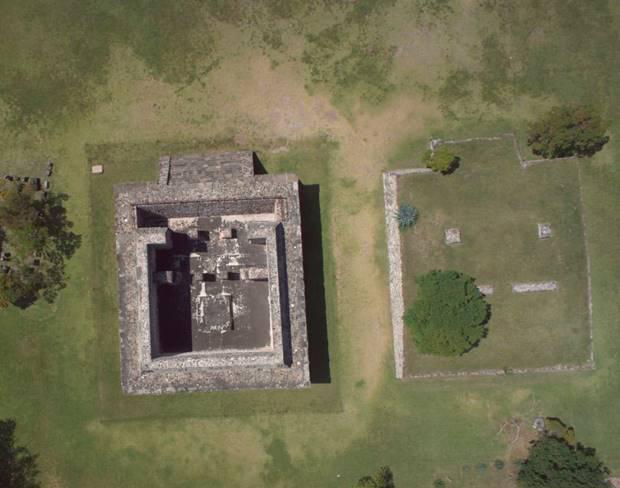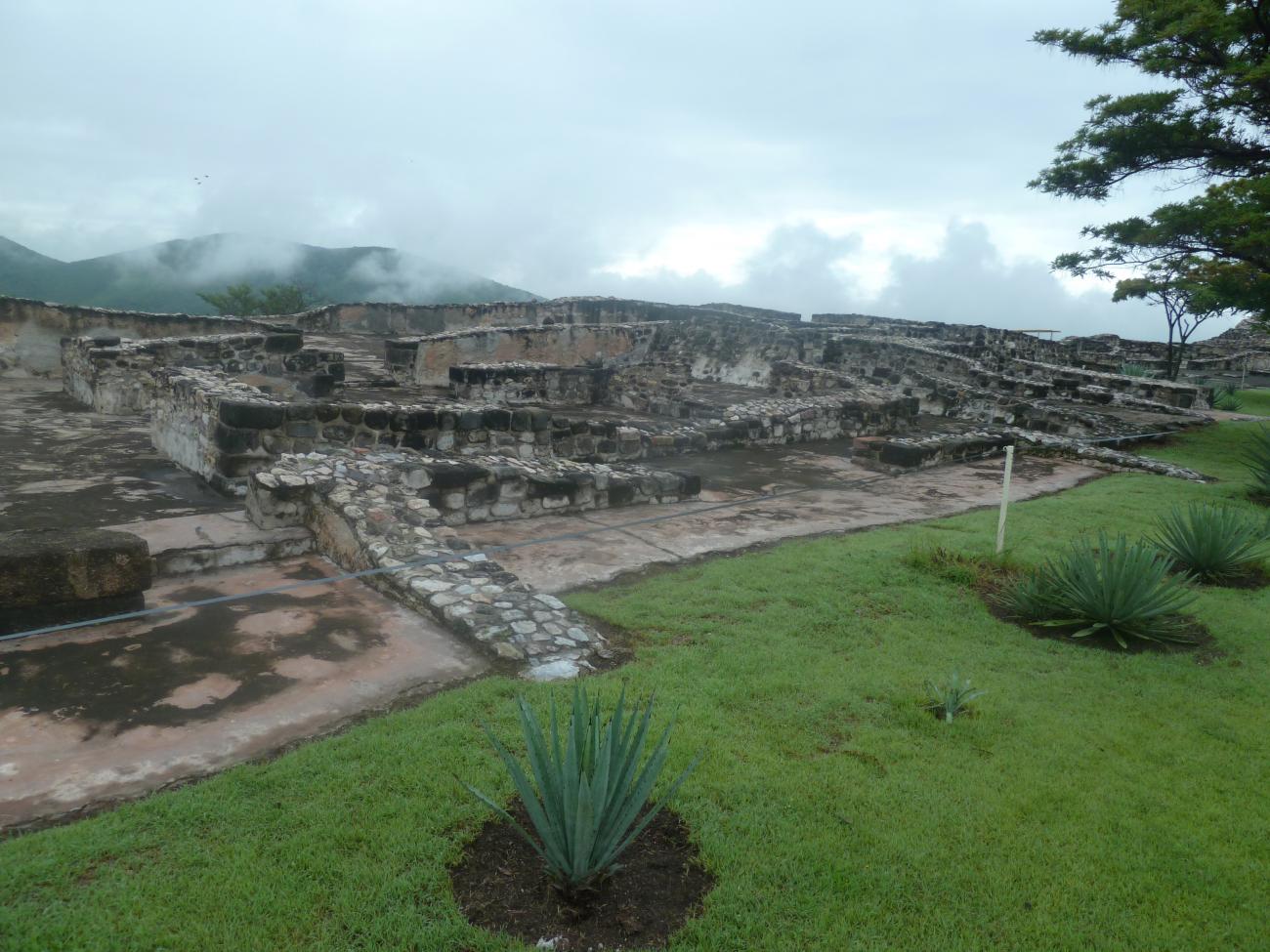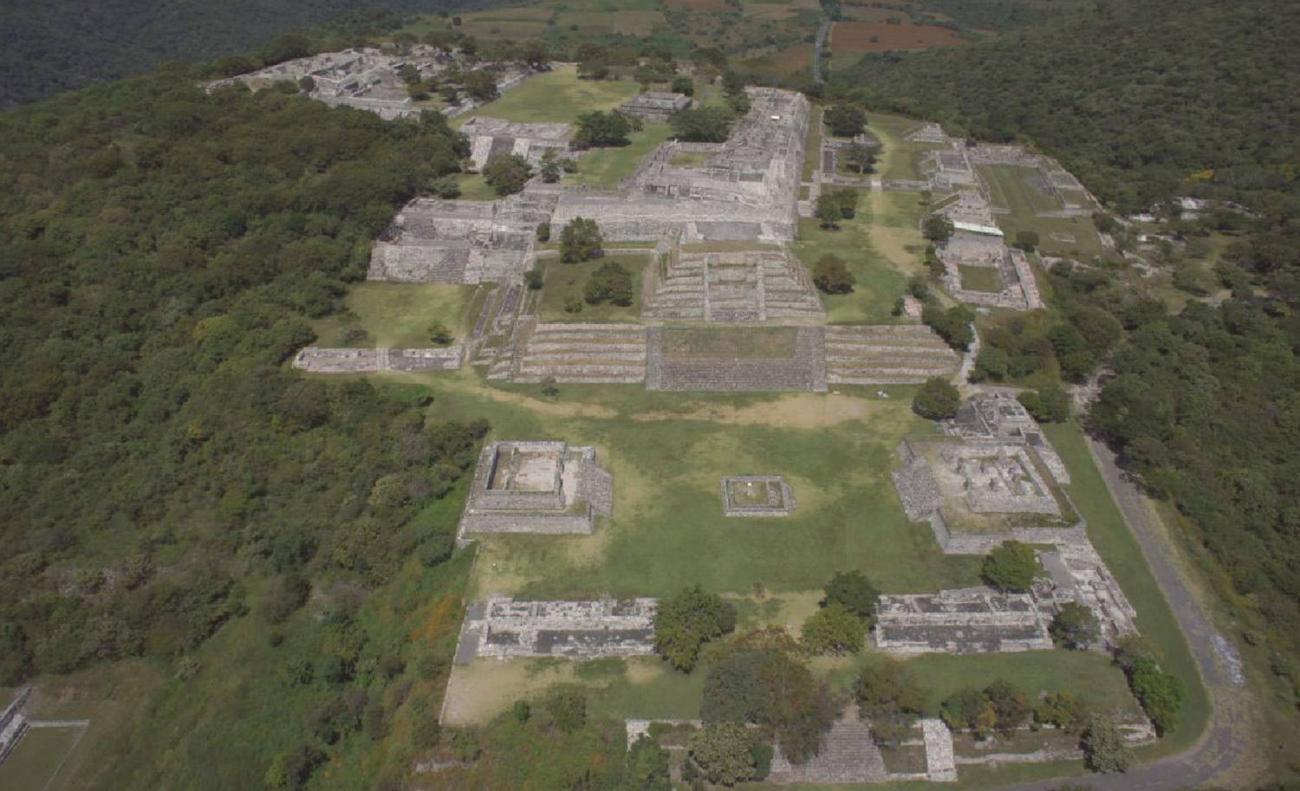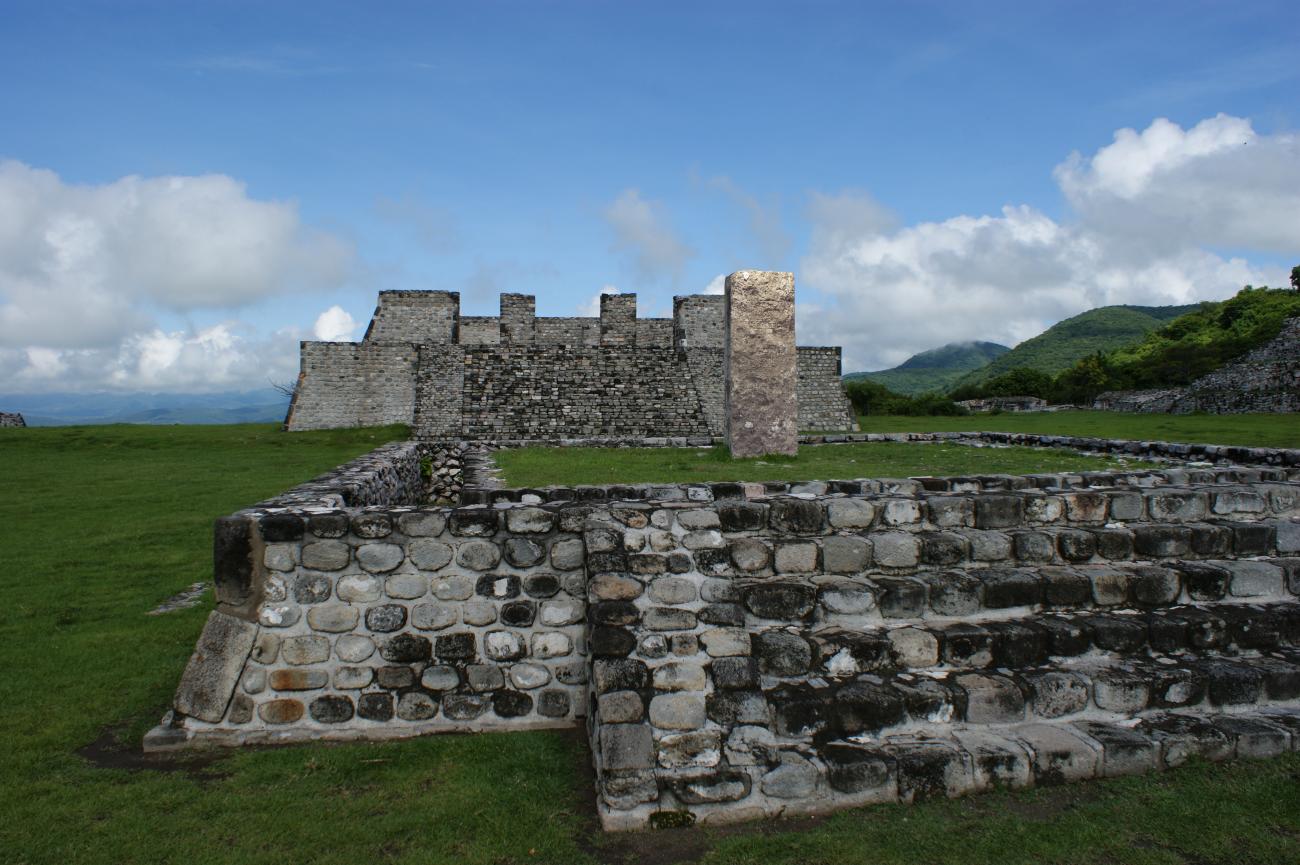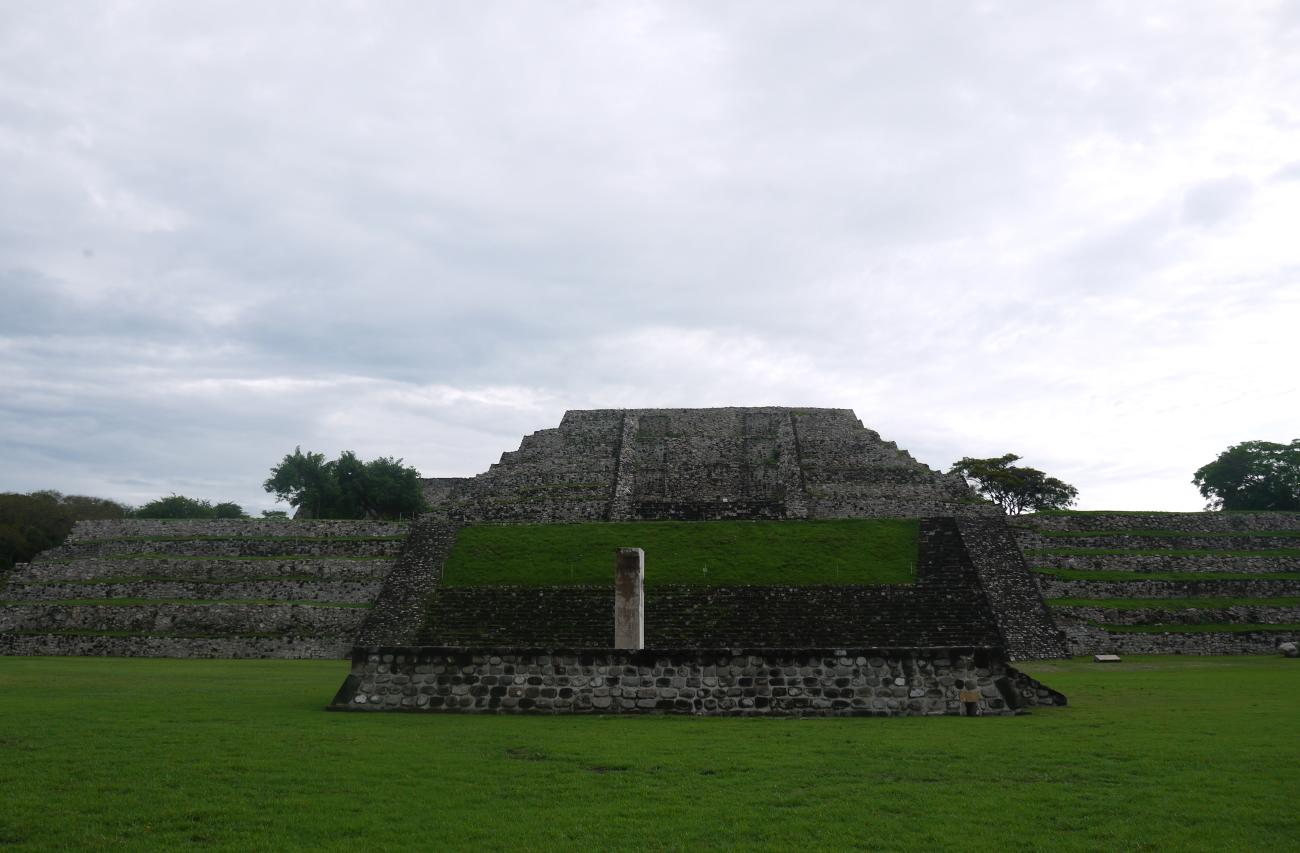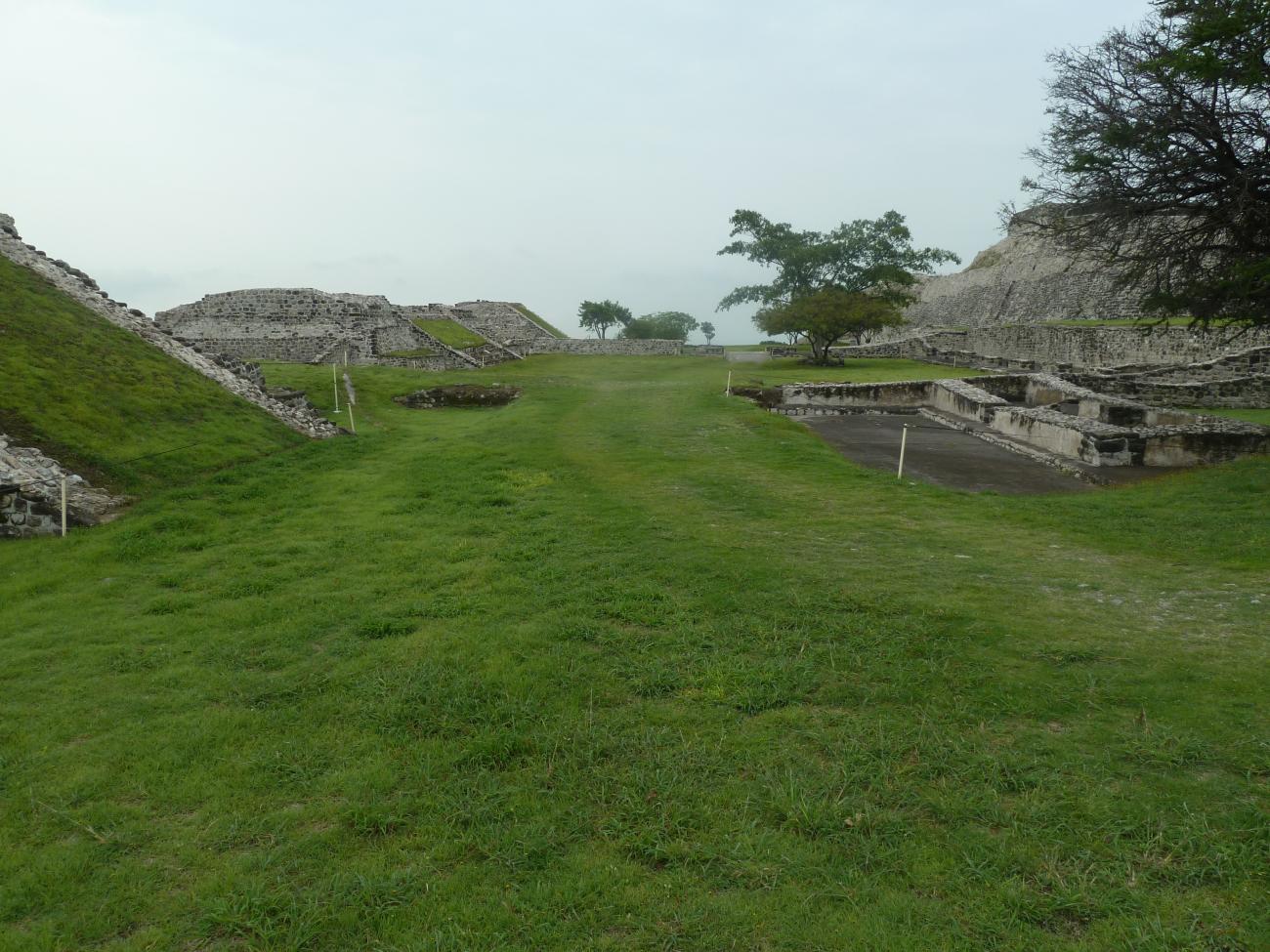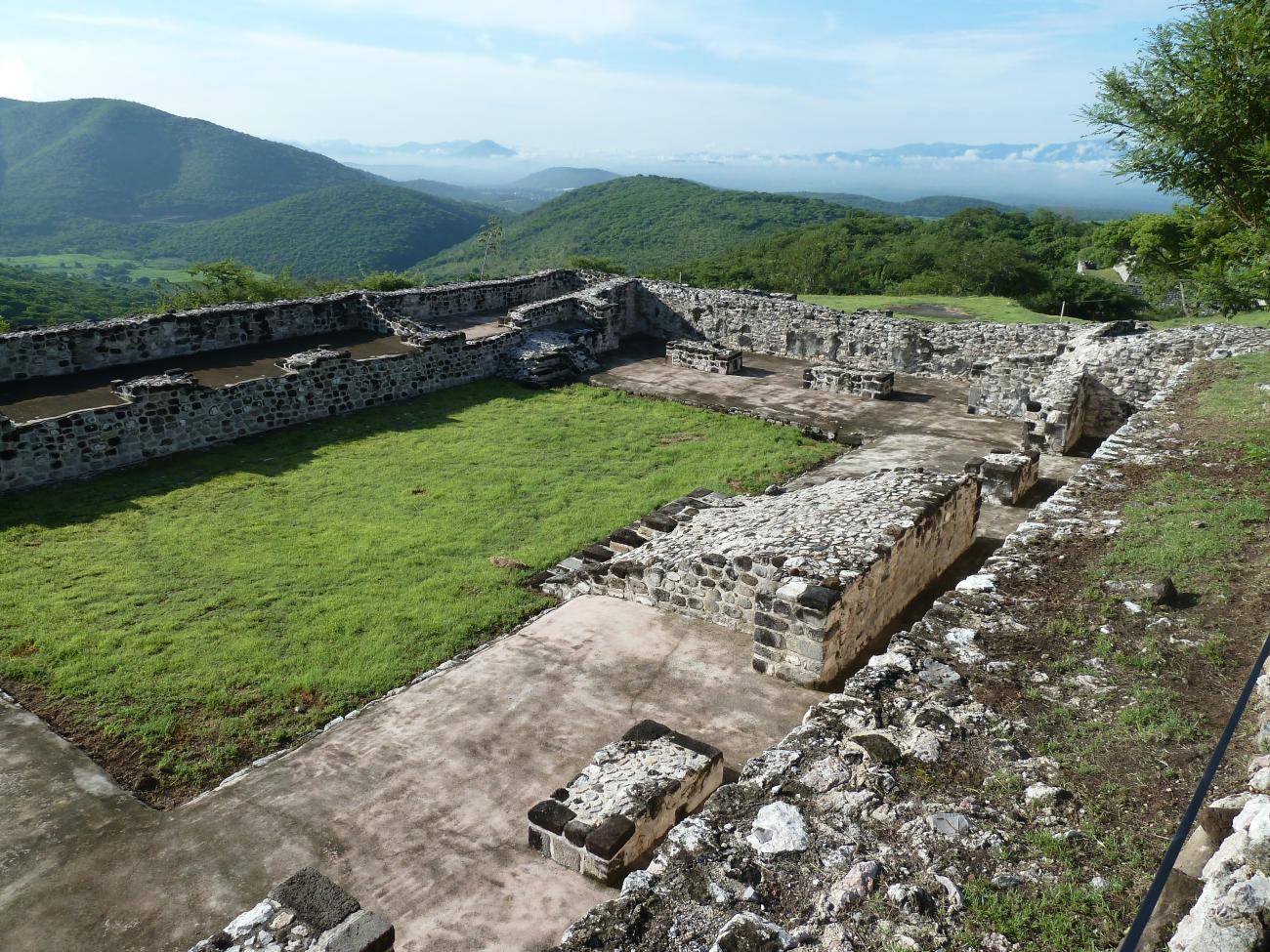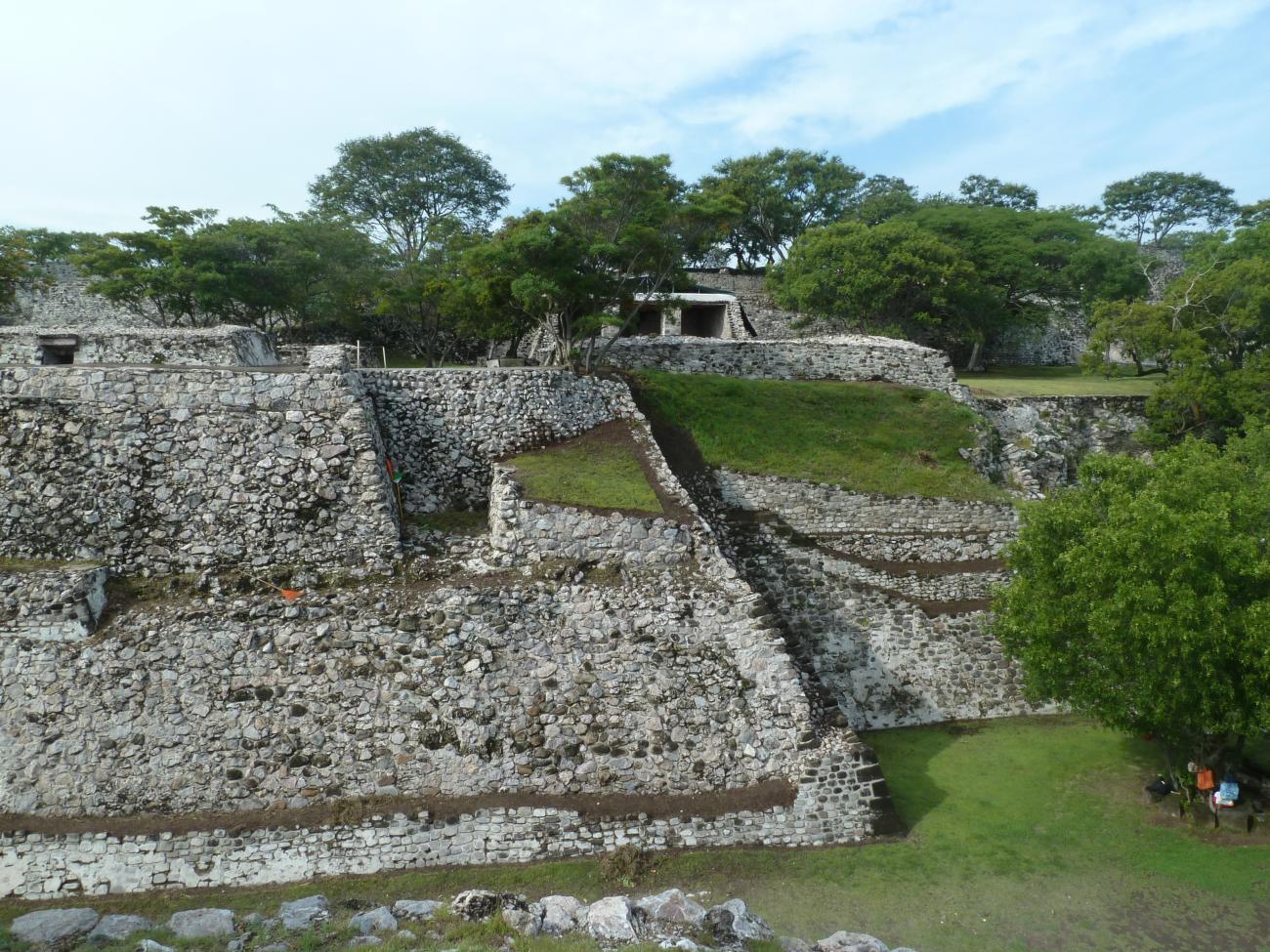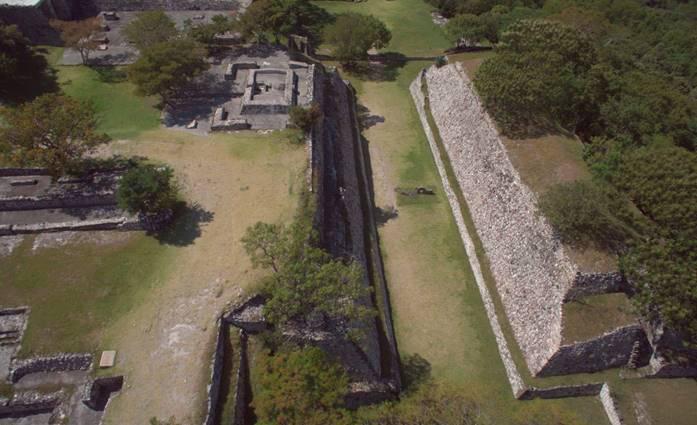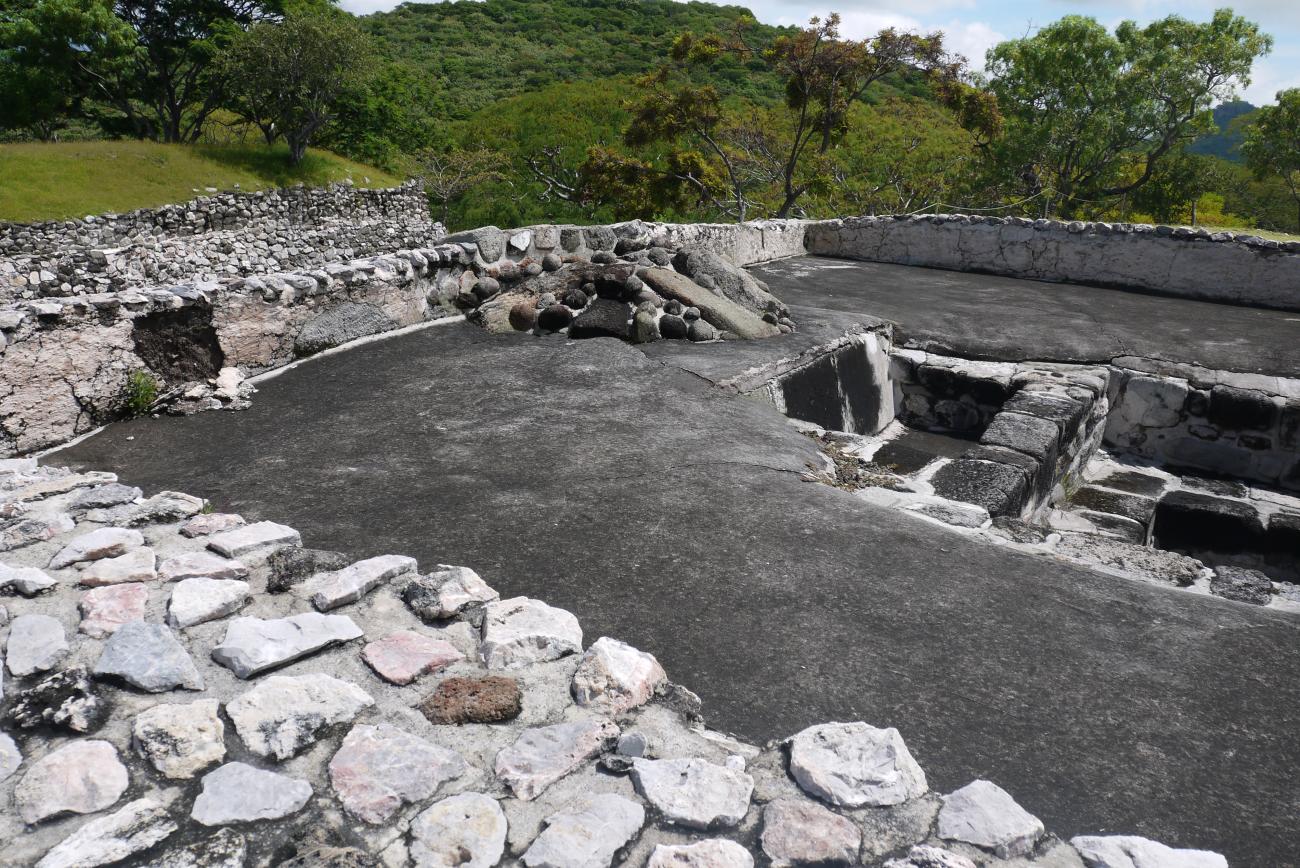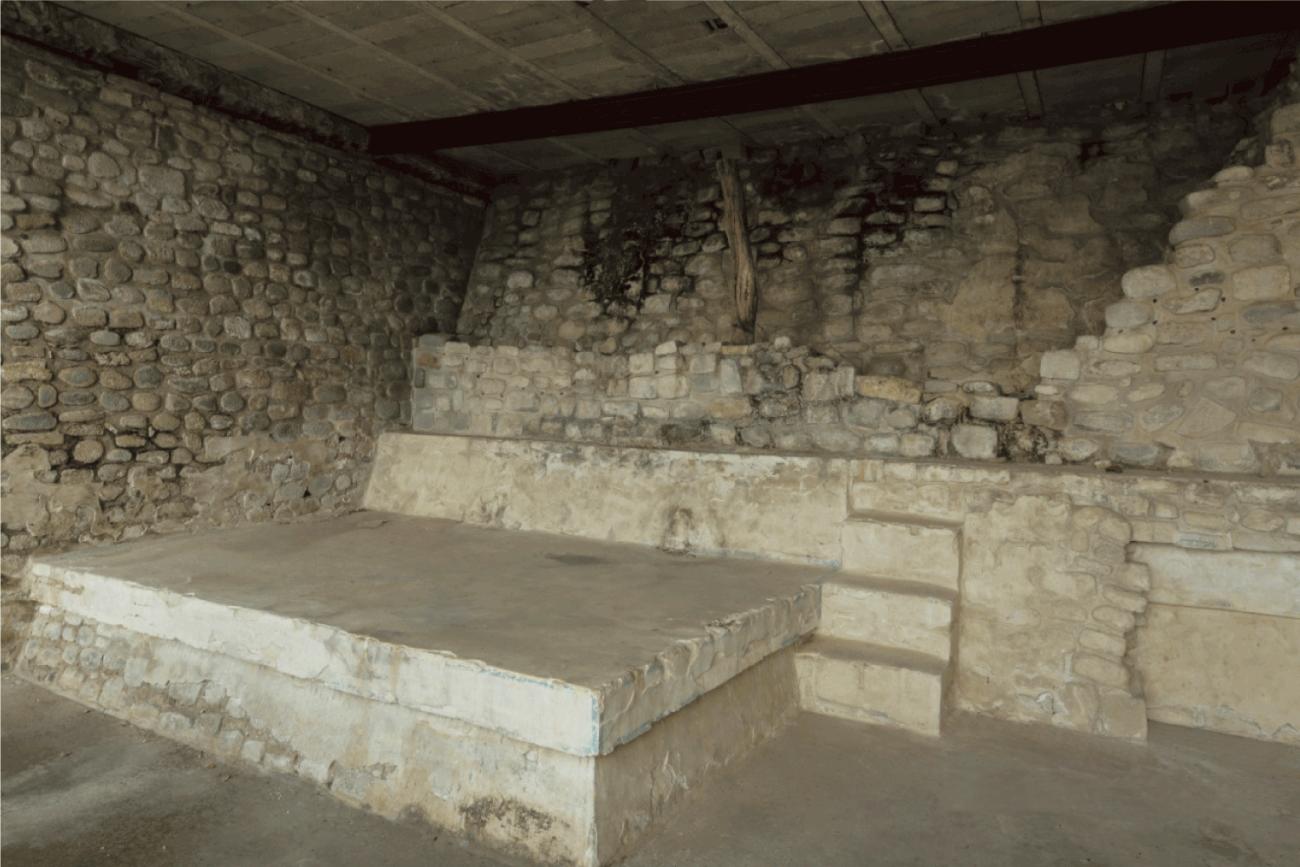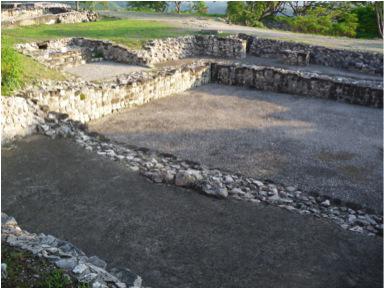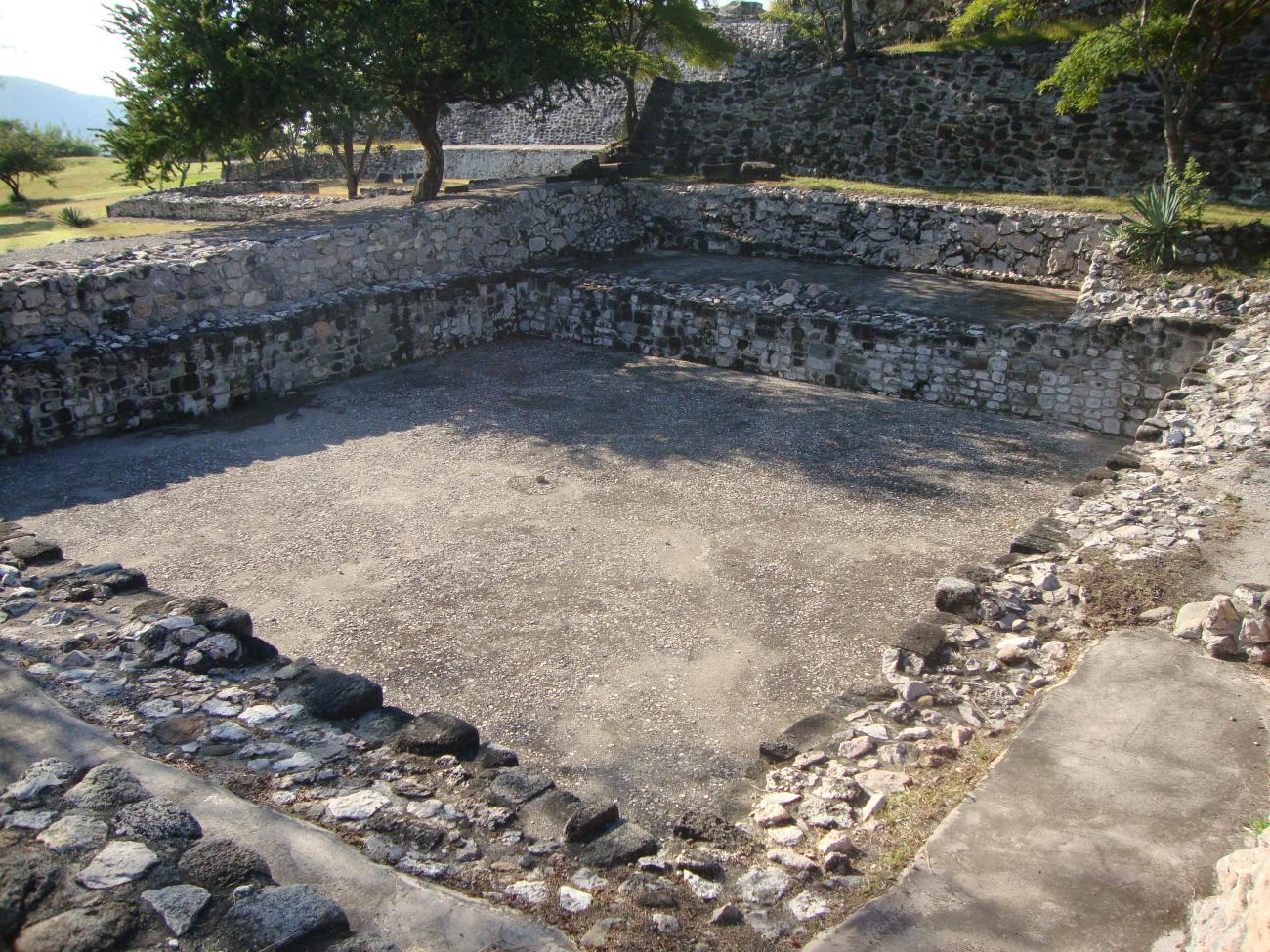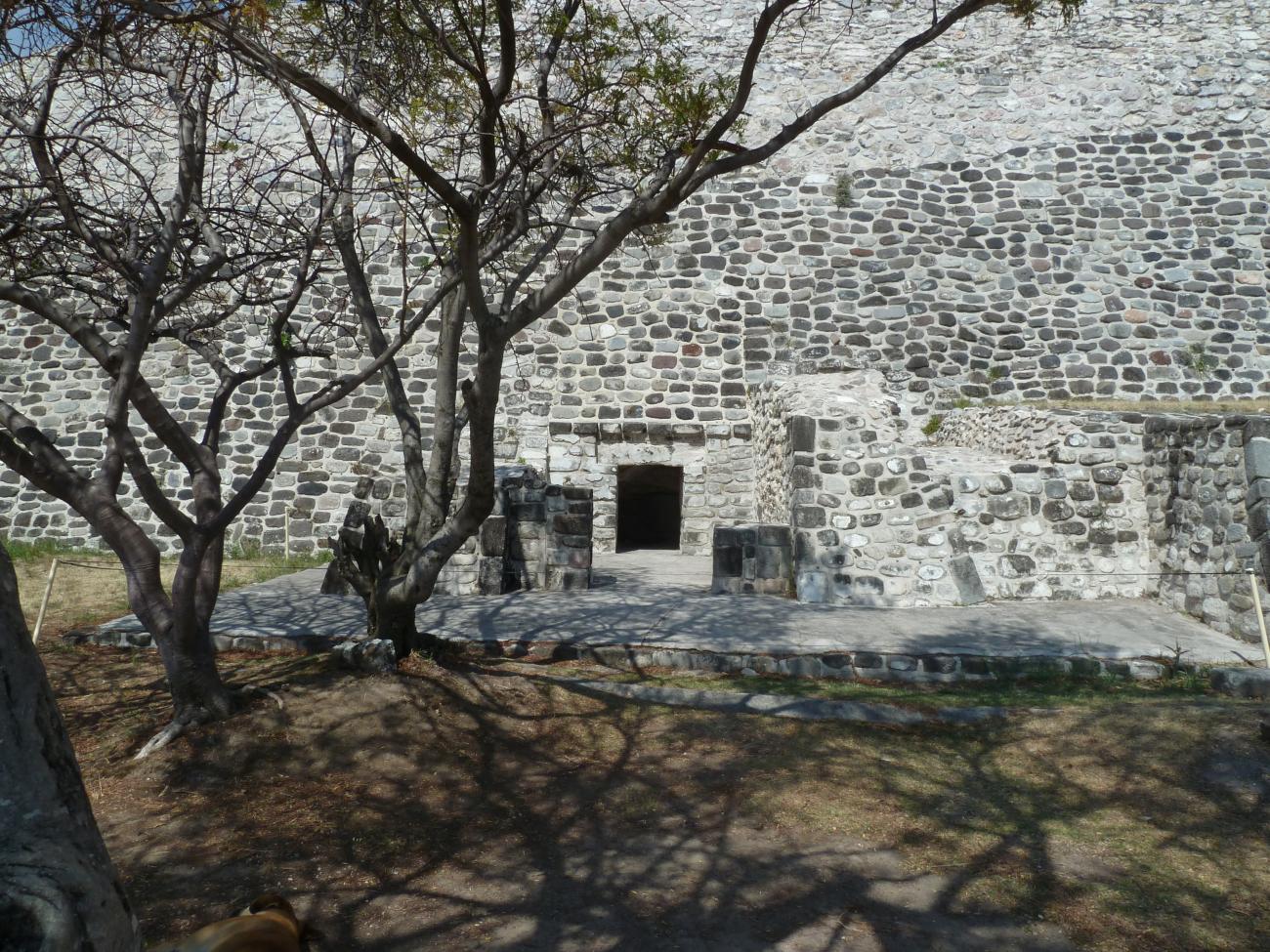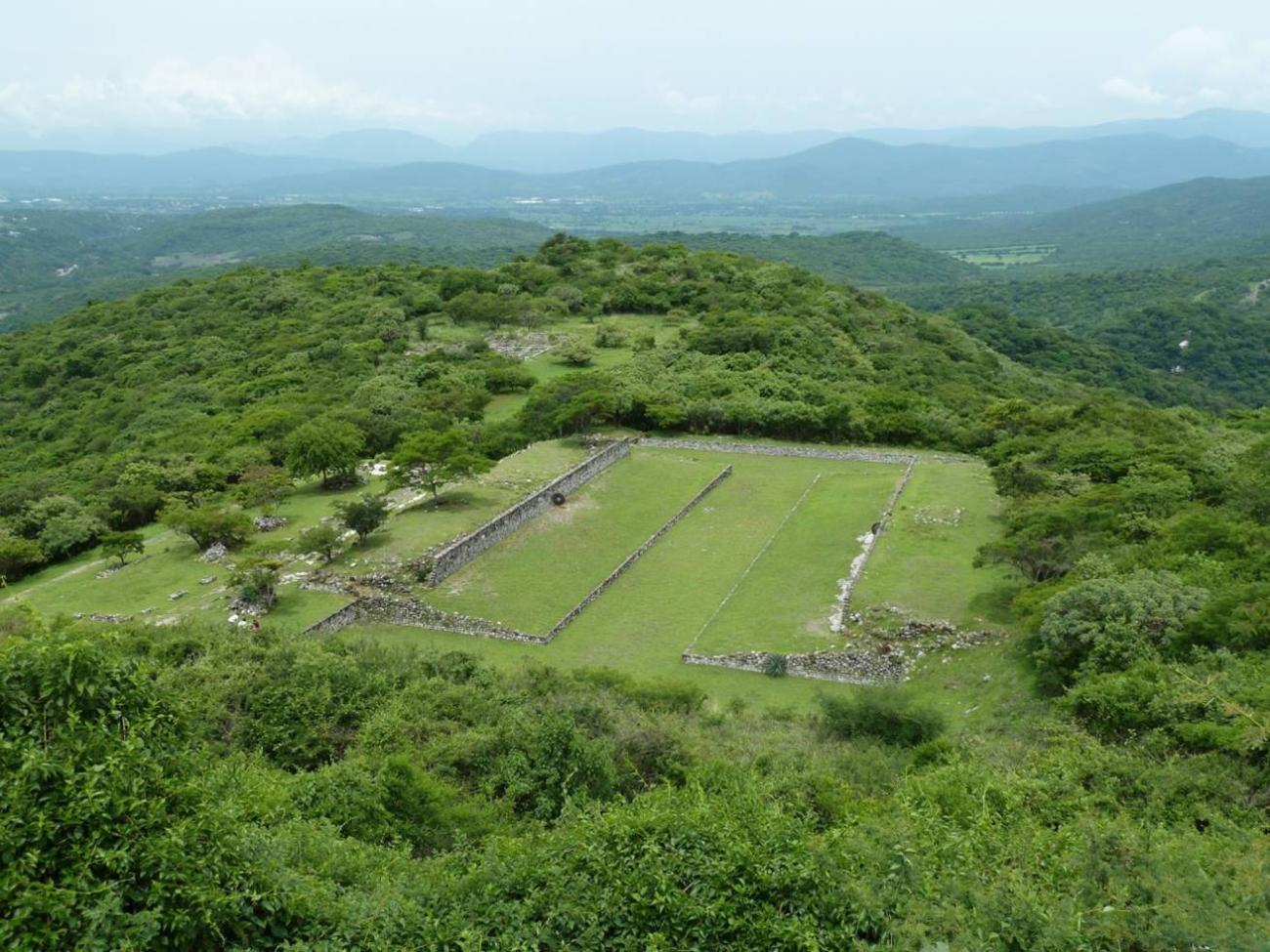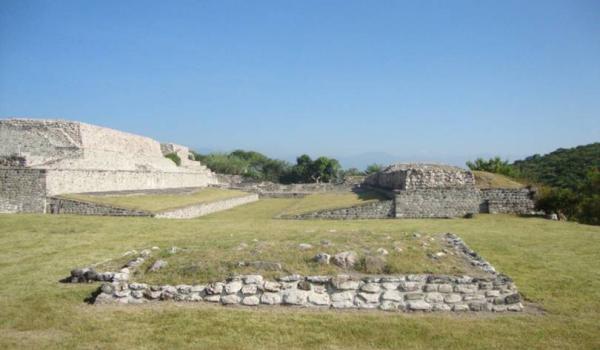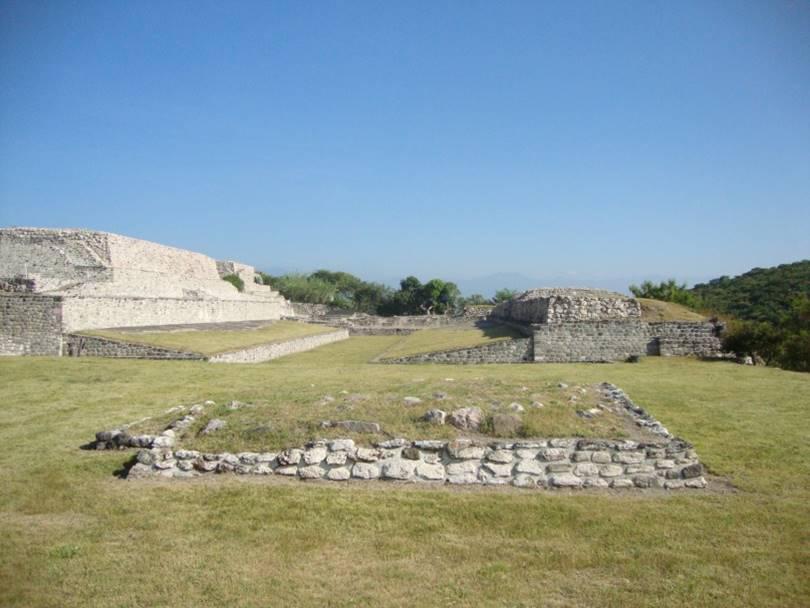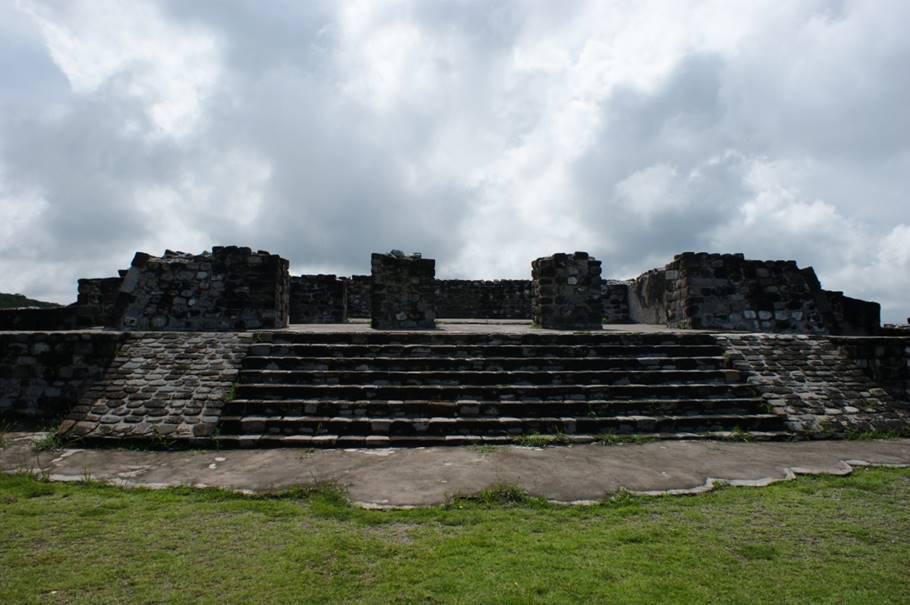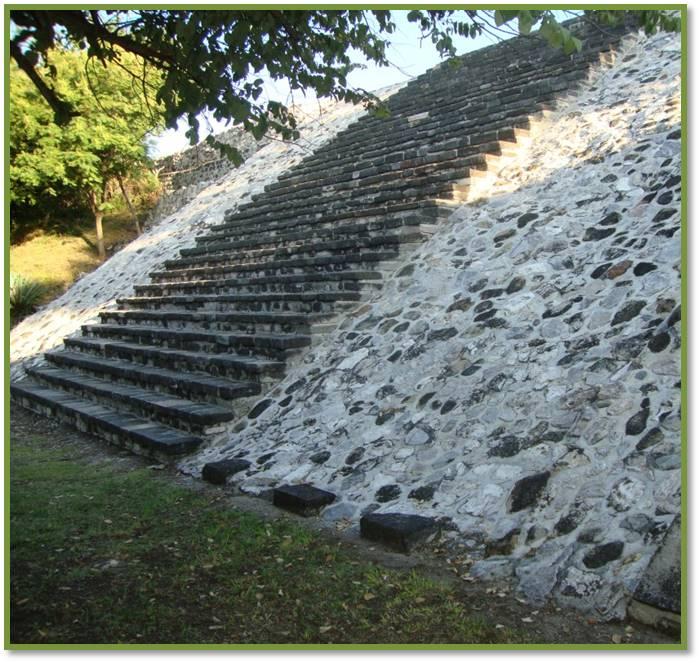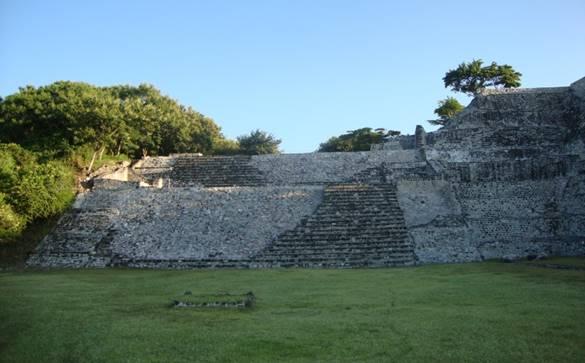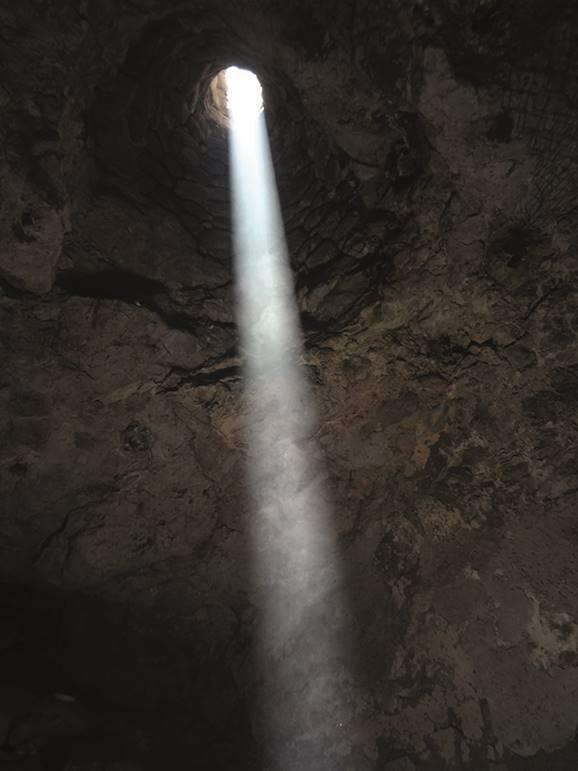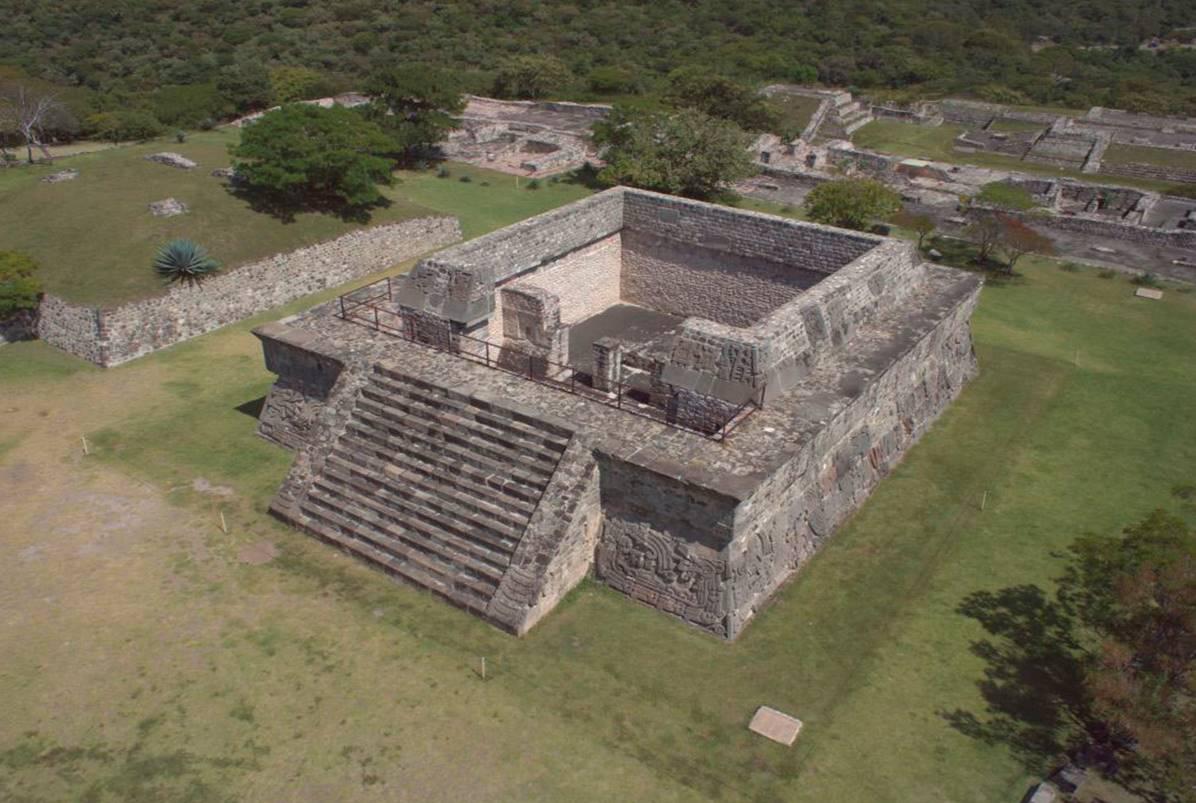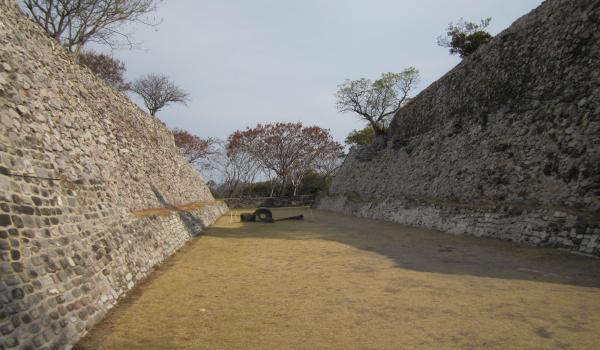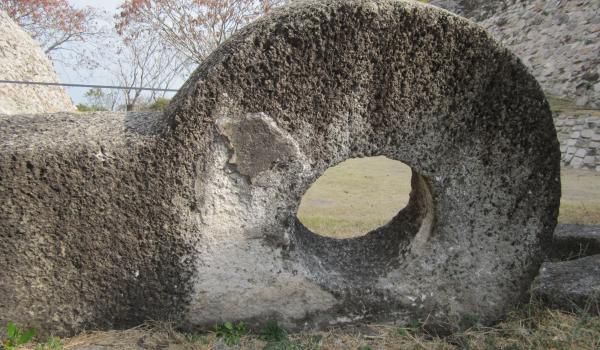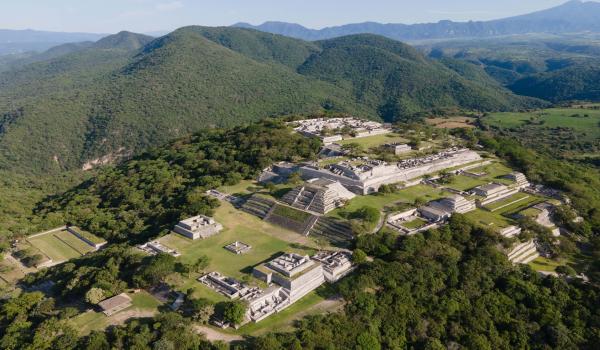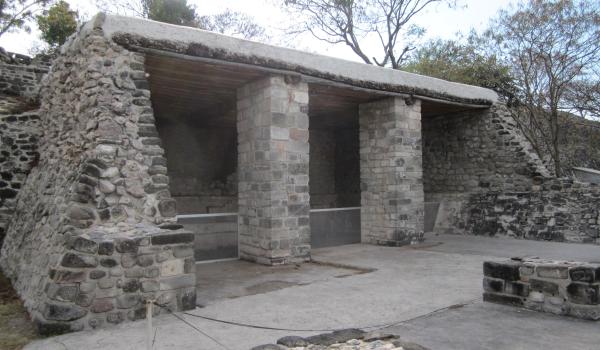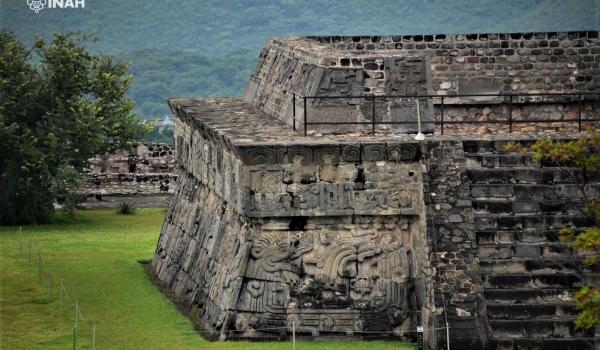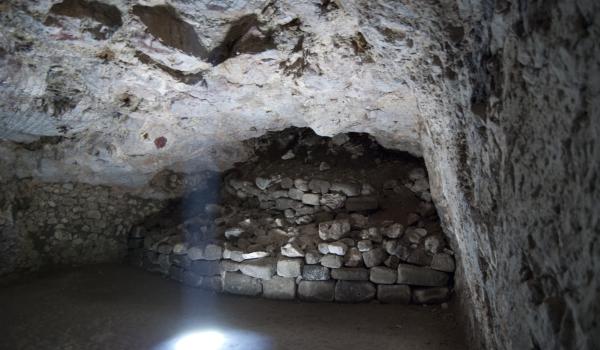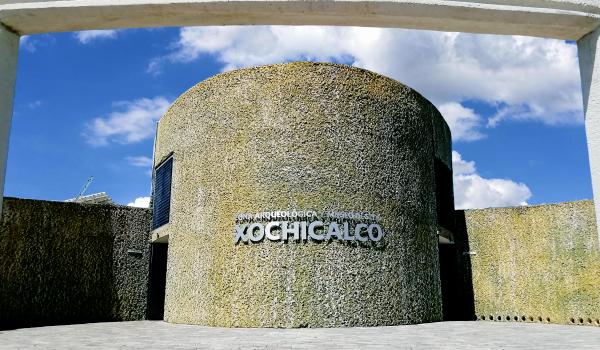“In the place of the house of flowers.” This was the name given to Xochicalco by the Nahuatl-speaking settlers who discovered the impressive pre-Hispanic city from the Epiclassic period after it had already been abandoned. Its name is perhaps due to the repeated and extraordinary depictions of flowers left as evidence by those who constructed the city, or to the large variety of flowers of different forms and colors that flourish here practically year-round. Despite this speculation, the archeological data leads us to believe instead that Xochicalco should be known as Totolhuacalco (“the place where birds are caught” in Nahuatl), as repeated evidence has been found of a glyph showing a bird in what is apparently a cage.
Xochicalco was first mentioned by Fray Bernardino de Sahagún in the sixteenth century, and many people have had reason to investigate it, giving rise to multiple analyses in different fields of knowledge. The site continues to raise questions, despite the remarkable number of studies over the last 100 years.
The Mesoamerican Epiclassic period (650-900) came immediately after the fall of Teotihuacan, so it is reasonable to assume that the emigrants from that major city founded several Epiclassic cities. This stage was characterized by pre-Hispanic settlements in hard-to-access places, in some cases taking advantage of the irregularities of the terrain and in others by artificially altering the landscape to restrict or hinder entrance. This is the case for Xochicalco in Morelos, Monte Albán in Oaxaca, Teotenango in the State of Mexico, Cacaxtla in Tlaxcala, El Tajín in Veracruz, Cholula and Cantona in Puebla and Paquimé in Chihuahua. It is believed that this characteristic responds to the social conditions of that time, such as constant disputes to dominate territories and trade routes, and finally to the internal revolts that ended cities, as deduced by the evidence of fires, defaced sculptures and sudden abandonment of such hegemonic places as Xochicalco.
It is worth emphasizing the engineering skills that enabled the people of Xochicalco to plan, construct and subsequently abandon, over a period of just 250 years, a settlement in such a restricted location. They availed of the three-lobed shape of Cerro Xochicalco and worked on artificially leveling the terrain until they had five levels of terraces from which to manage the entire city. Also of note were their advanced system for capturing and releasing rainwater, residential structures at least two stories high in the Acropolis, and the three Mesoamerican ballgame courts which have so far been discovered, each with different characteristics.
Moreover, the magnificent artistic work of Xochicalco's artisans at its height can not only be appreciated in the Temple of the Feathered Serpents, the Stela of the Two Glyphs, the three stelae found in the Temple of the Stelae and the ring from the East Ballcourt, but also in the pieces now on permanent display at the Site Museum, such as the sculptures of the Puma with Bow, The Red Man and the Starfish, as well as various stone and ceramic sculptures that also reveal ample knowledge of the region’s flora and fauna. All these objects were surely of great value, owing to the complications of forging trade routes between Xochicalco, on the Central Mexican Plateau, and places as far away as Oaxaca, the Gulf of Mexico coast and the Yucatán peninsula.
According to the most widely accepted theory, the petroglyph motifs in the Temple of Feathered Serpents bear witness to a meeting held in Xochicalco with people from the Maya area and the Gulf and Oaxaca coasts, apparently to implement a correction to the calendar regarding a total eclipse of the sun occurring in the years in which Xochicalco was at the height of its splendor.
The UNESCO placed Xochicalco on the World Heritage List in 1999. Among its reasons for doing so were the astronomical importance of the Xochicalco Observatory, one of the four most studied in Mesoamerica together with that of Monte Albán and two at Teotihuacan; its impressive examples of visual art; evidence of advanced knowledge about engineering and the extensive biodiversity that has been present in this place and its surroundings since pre-Hispanic times. This entails a responsibility to preserve the place for the benefit of future generations.
The Xochicalco Site Museum is also worthy of mention. Inspired by the high level of development achieved by the people of Xochicalco, it was the first museum in Mexico to operate with sustainable technology. After almost 20 years in operation, it continues to renew Xochicalco’s commitment to the environment.





